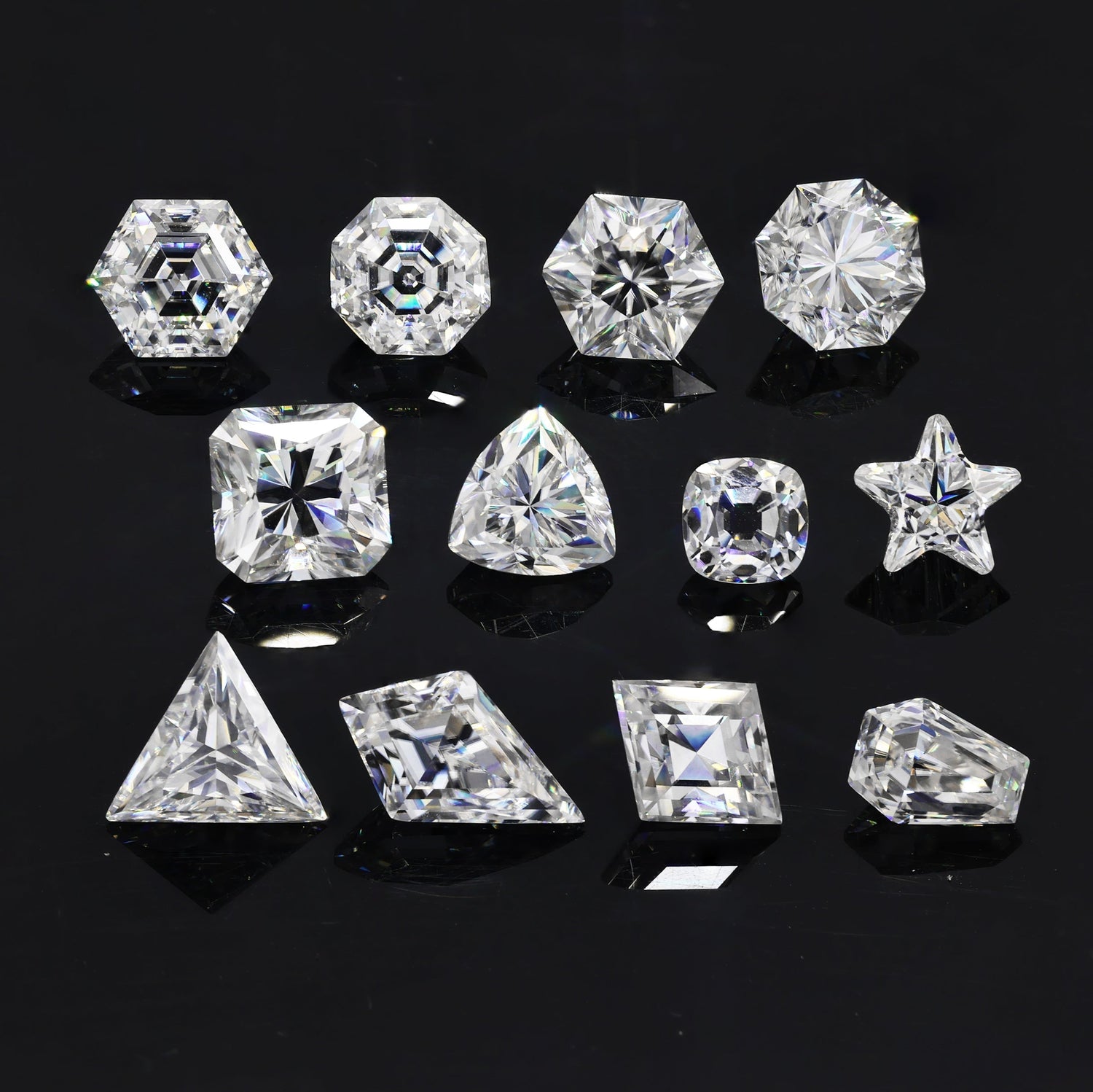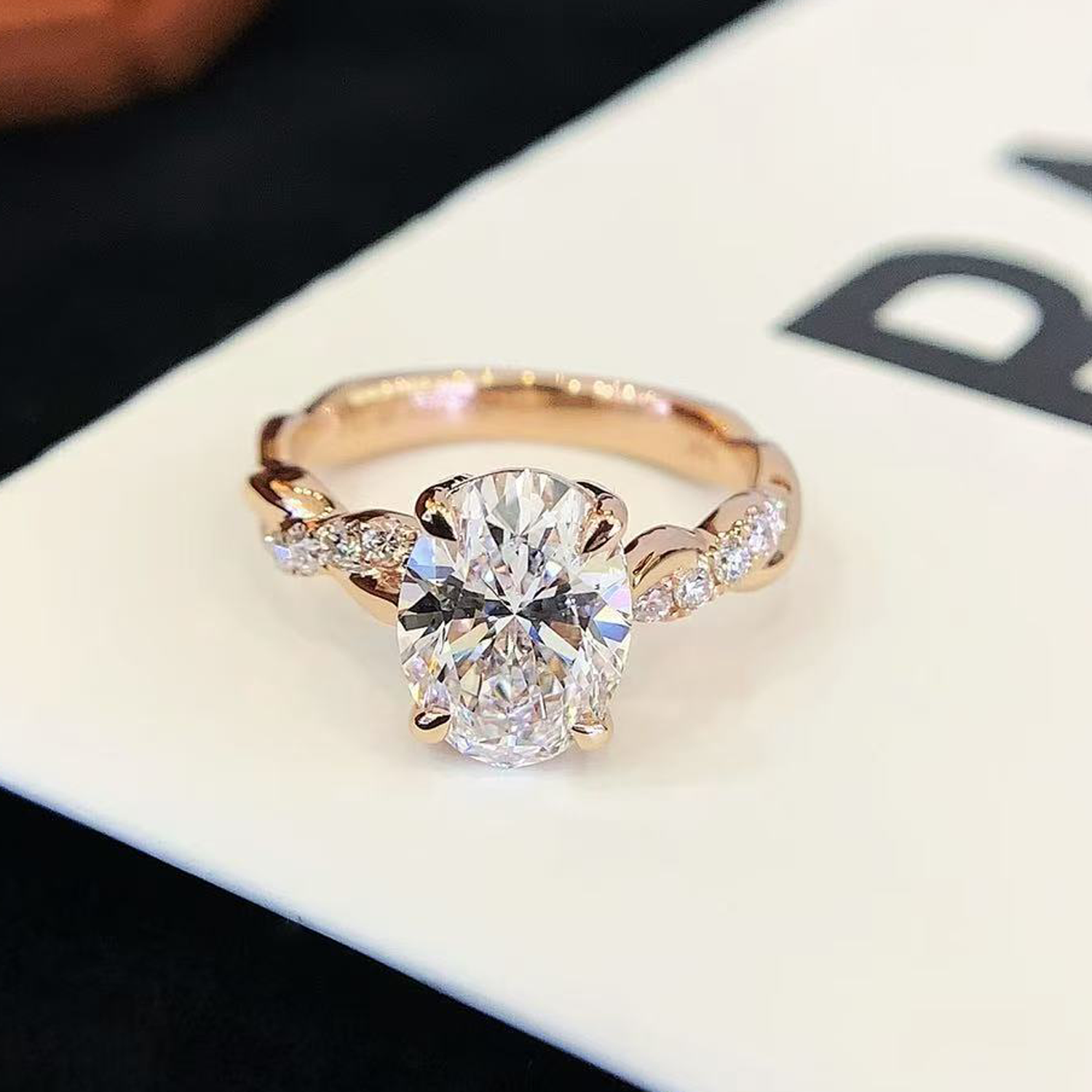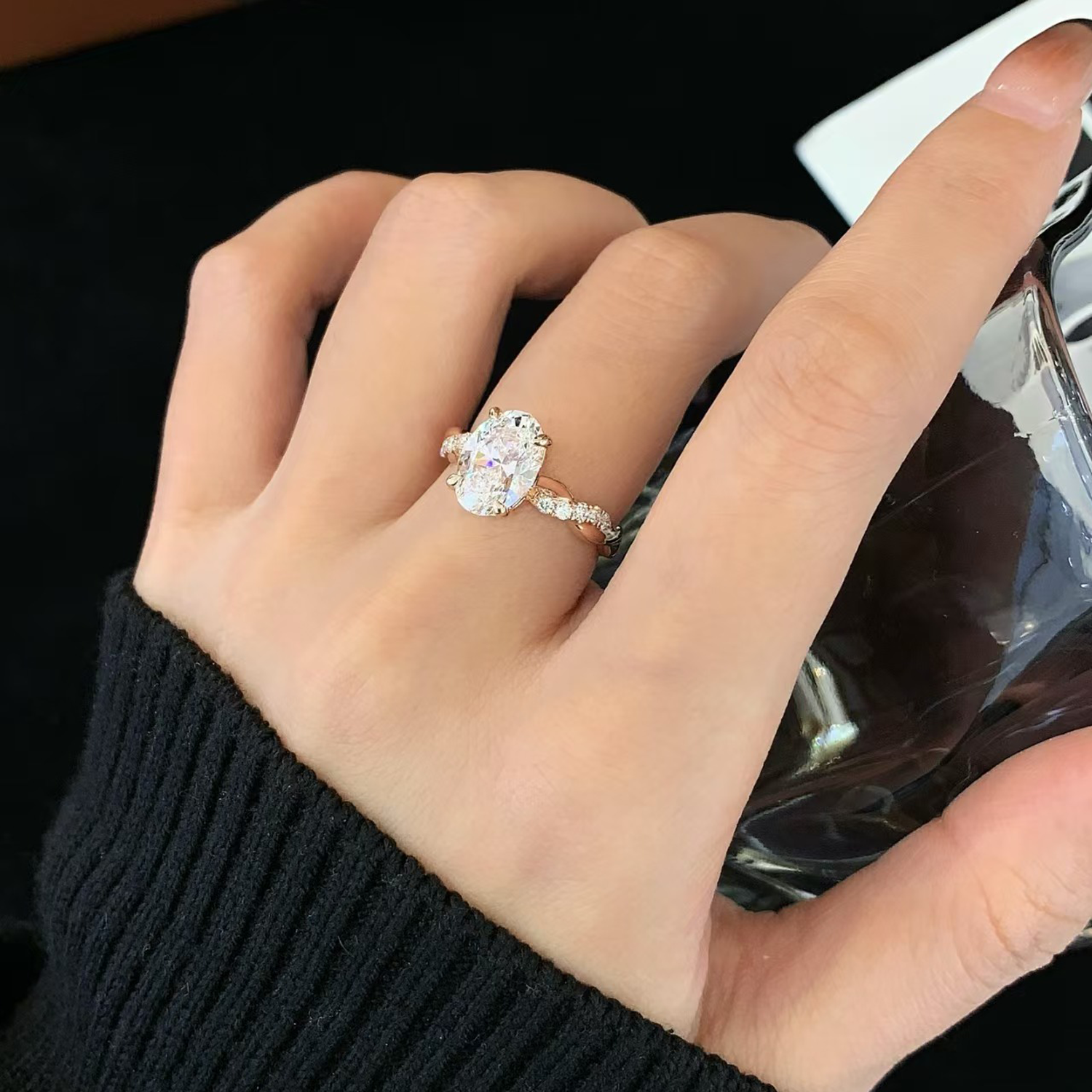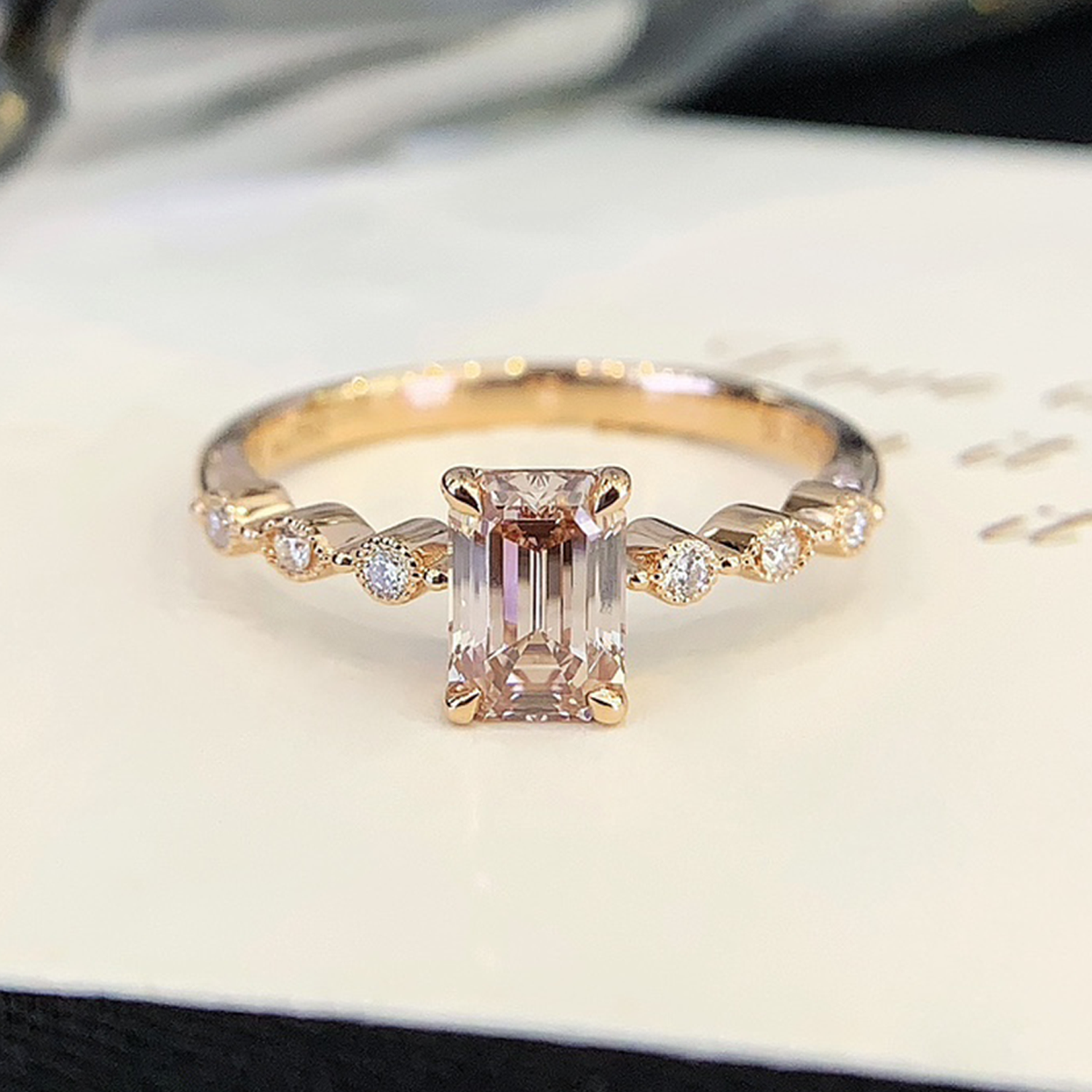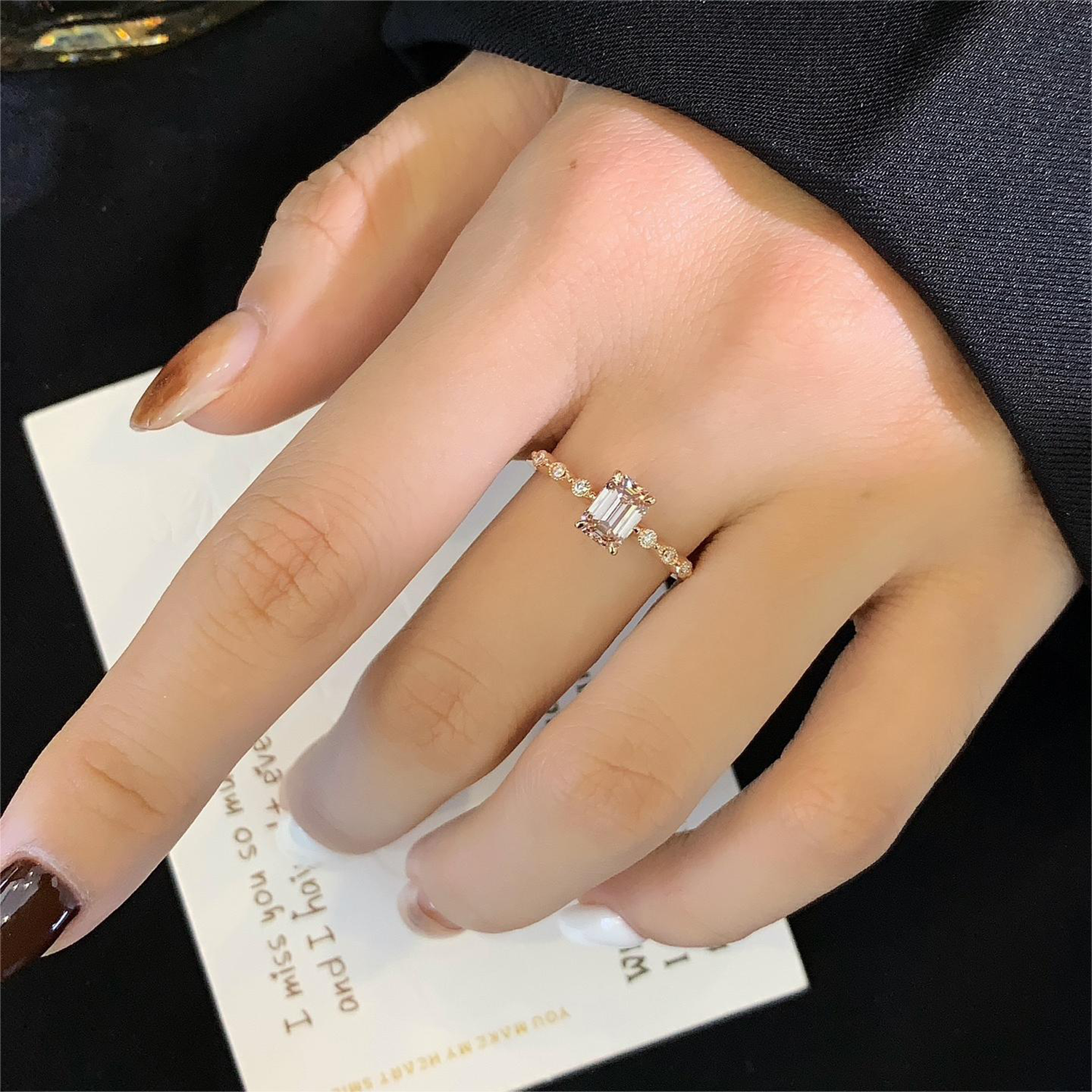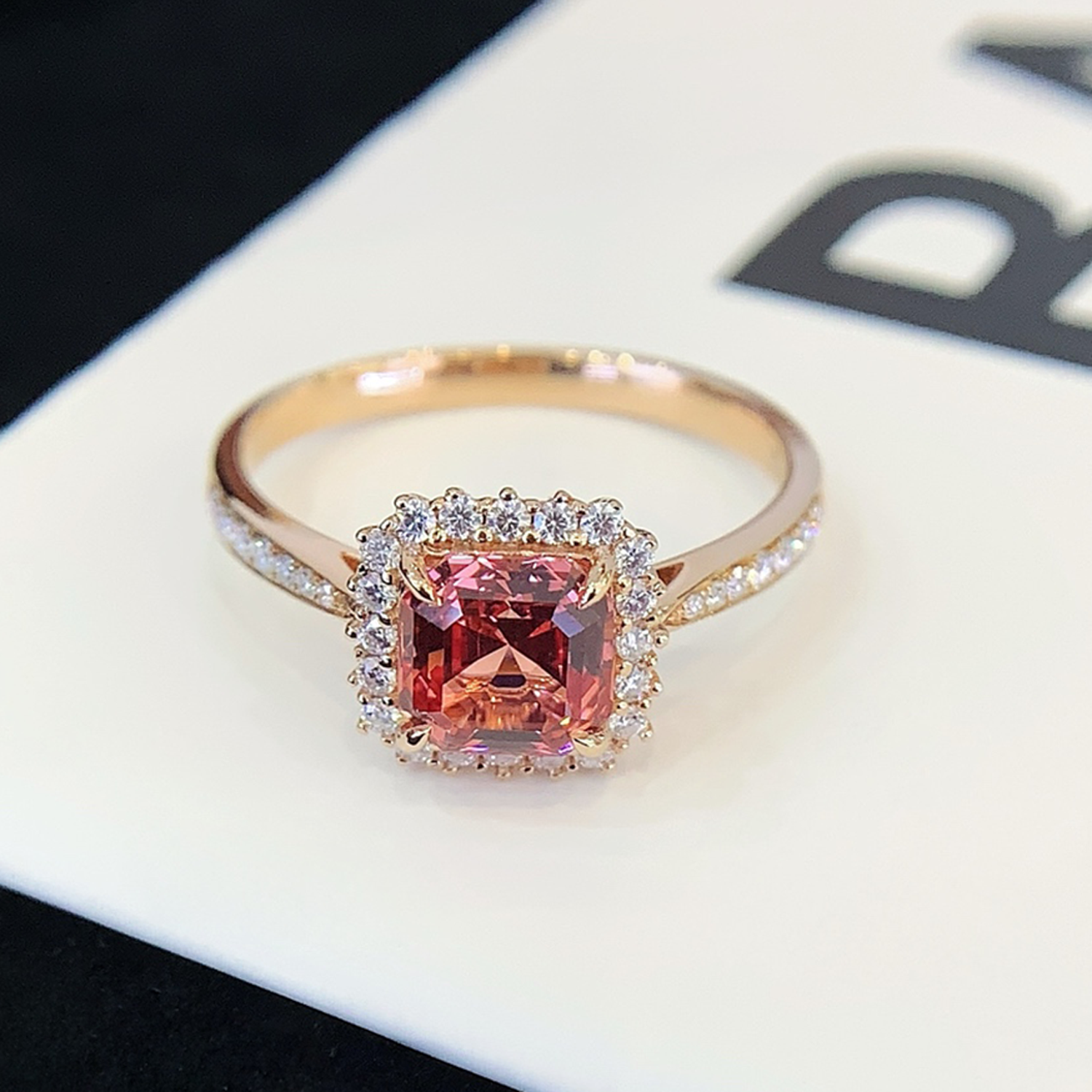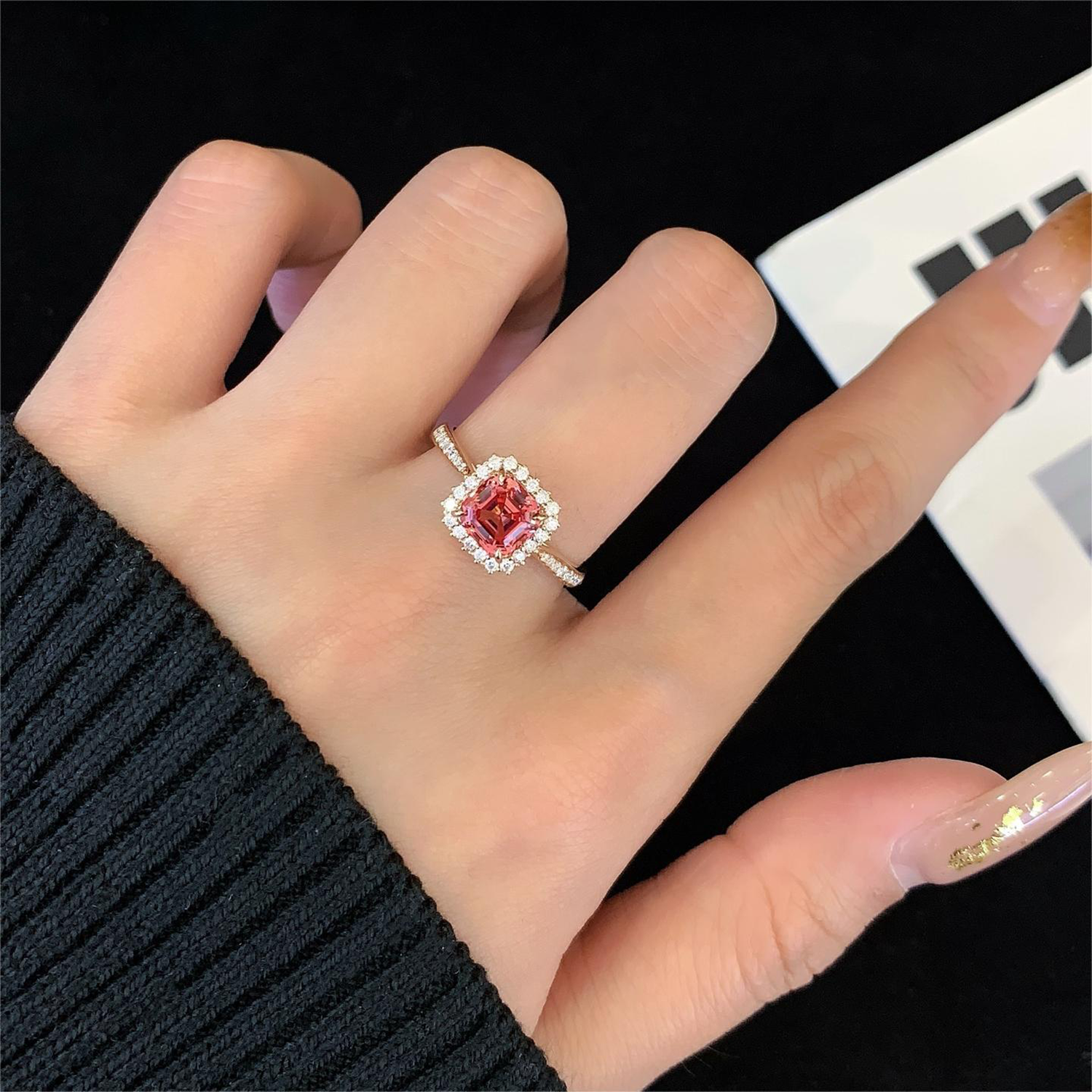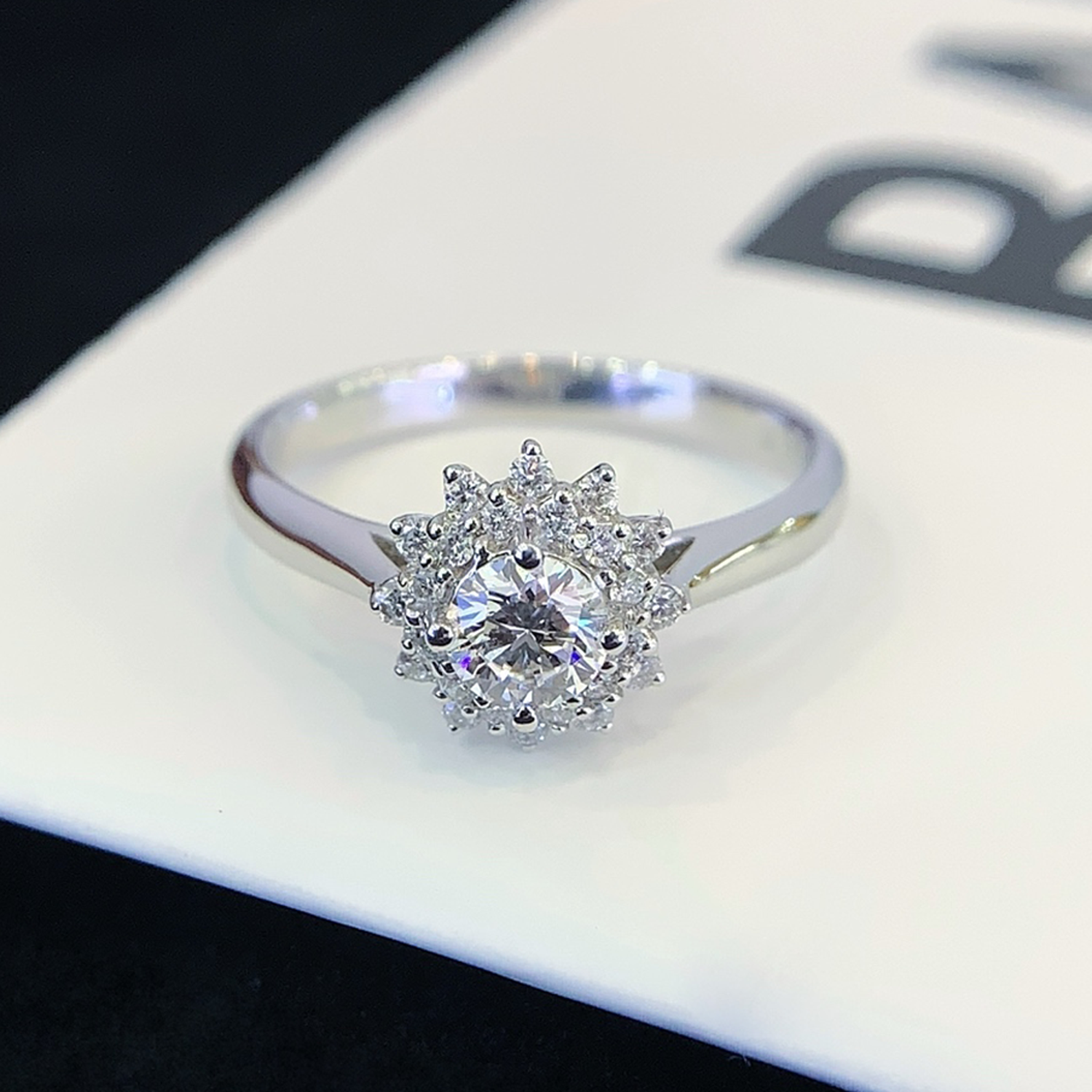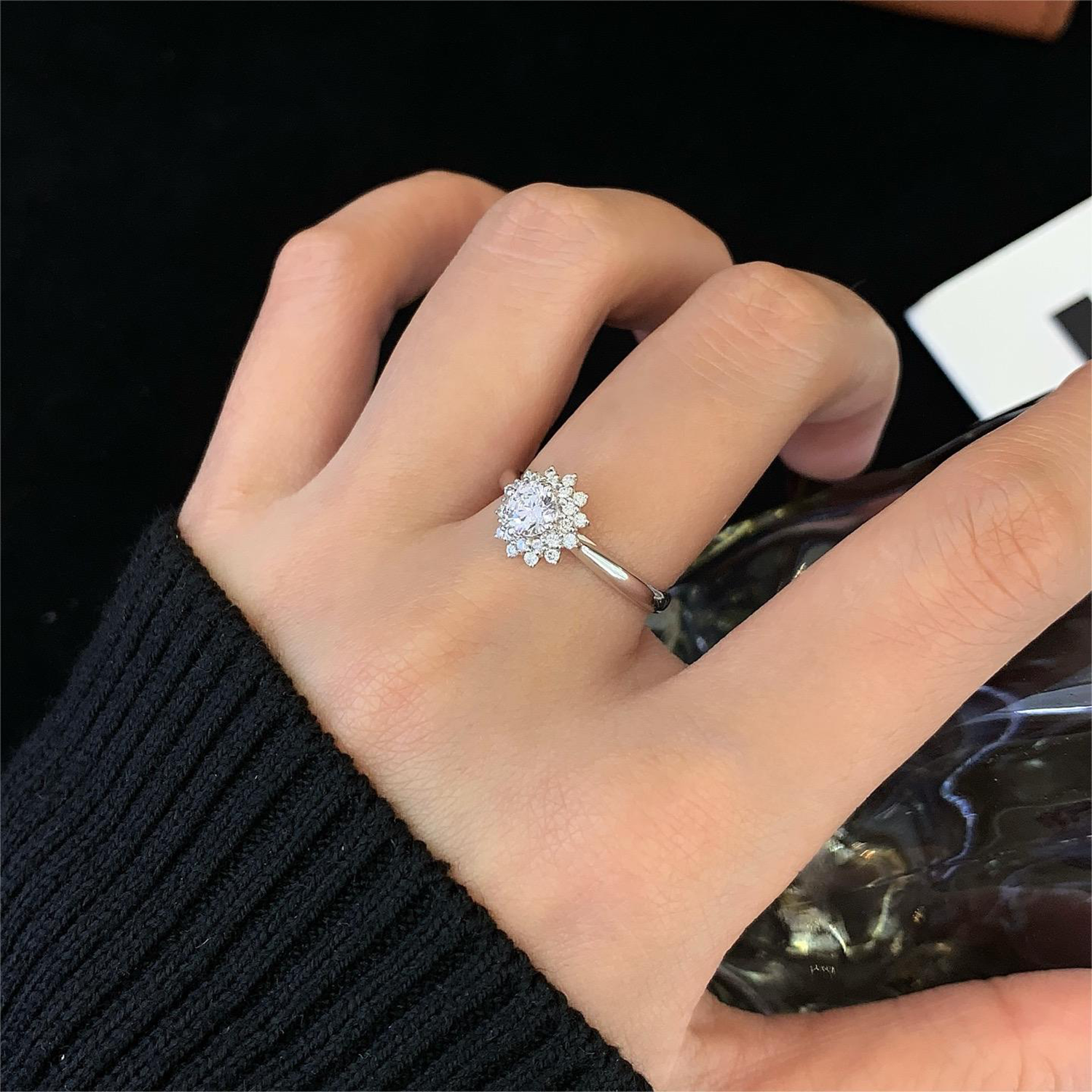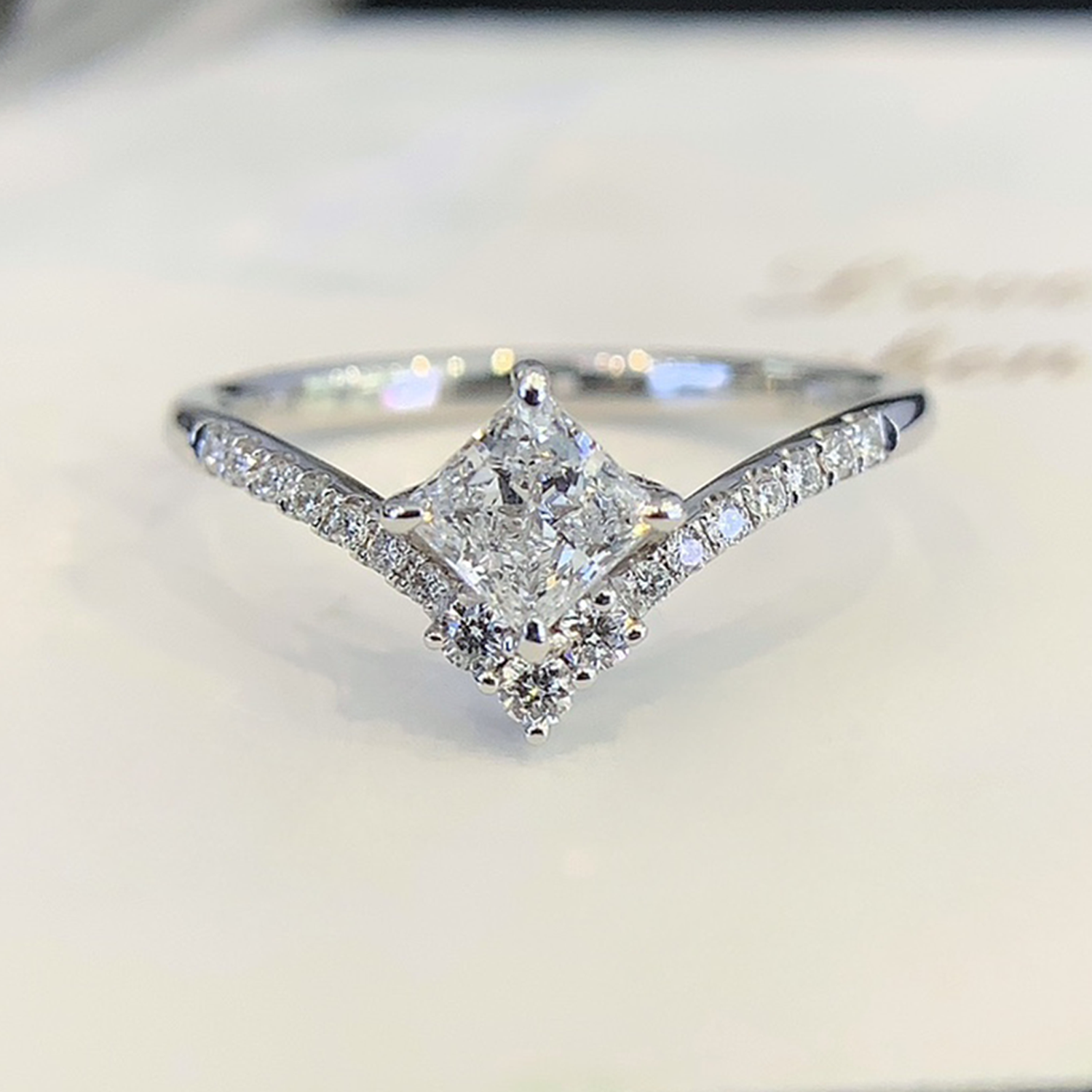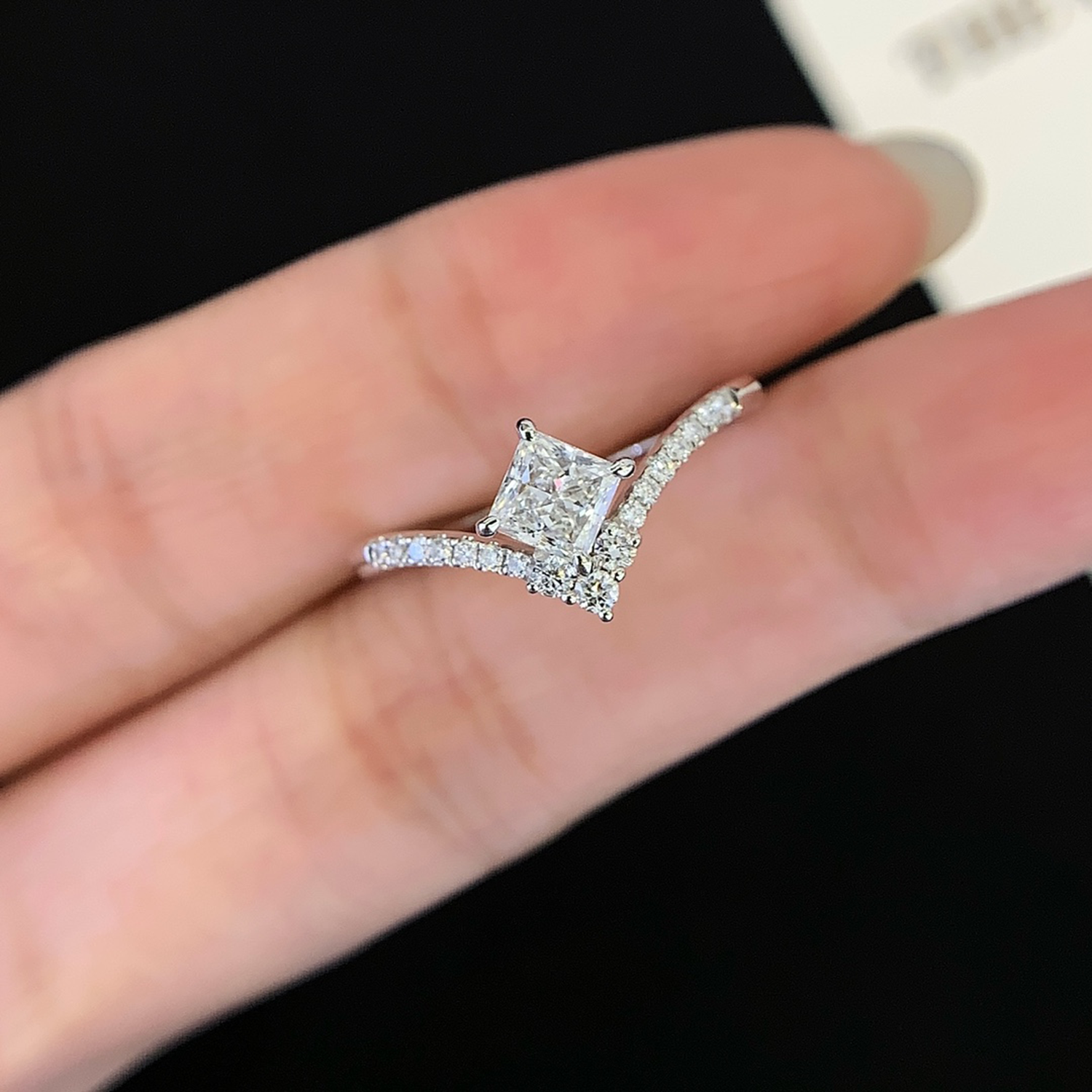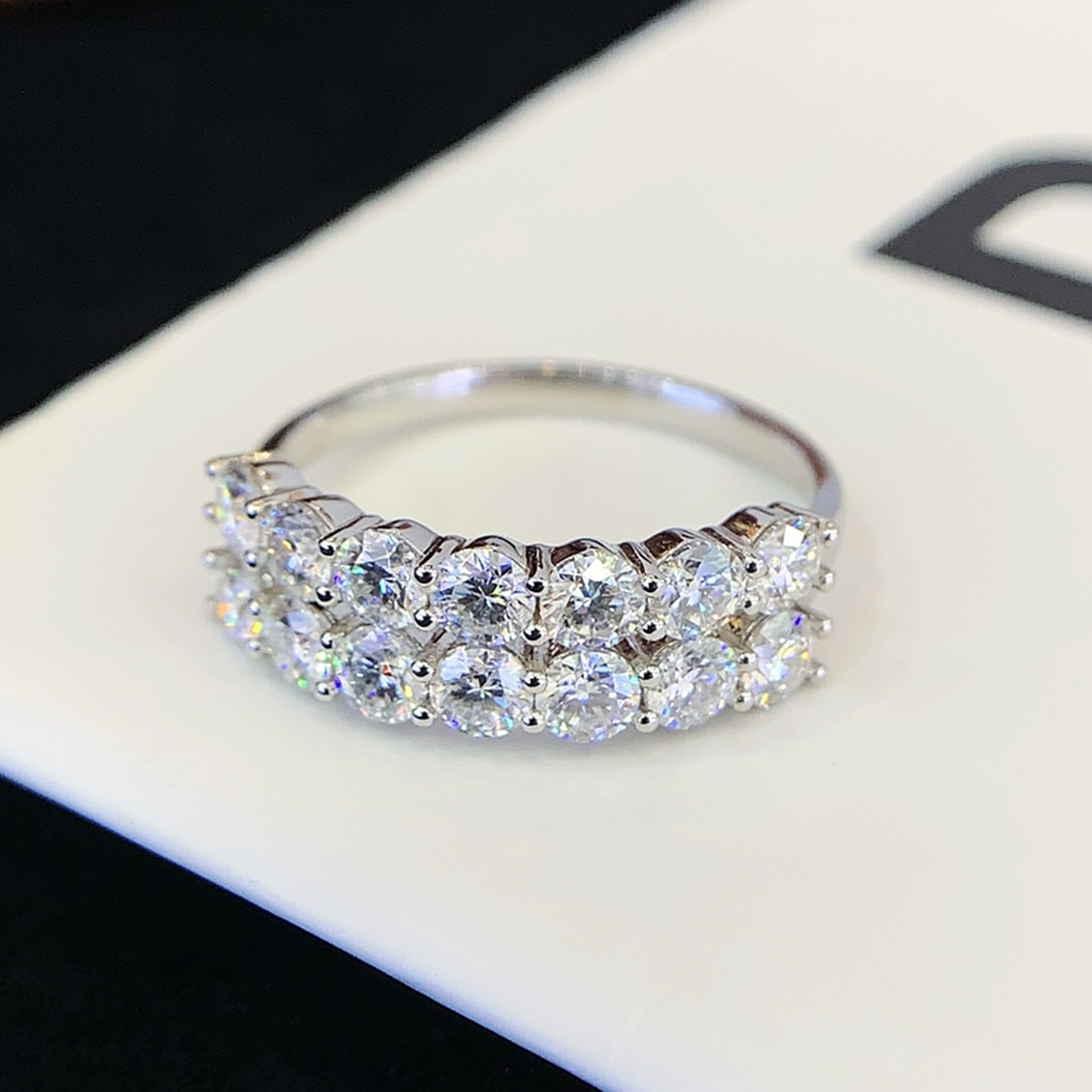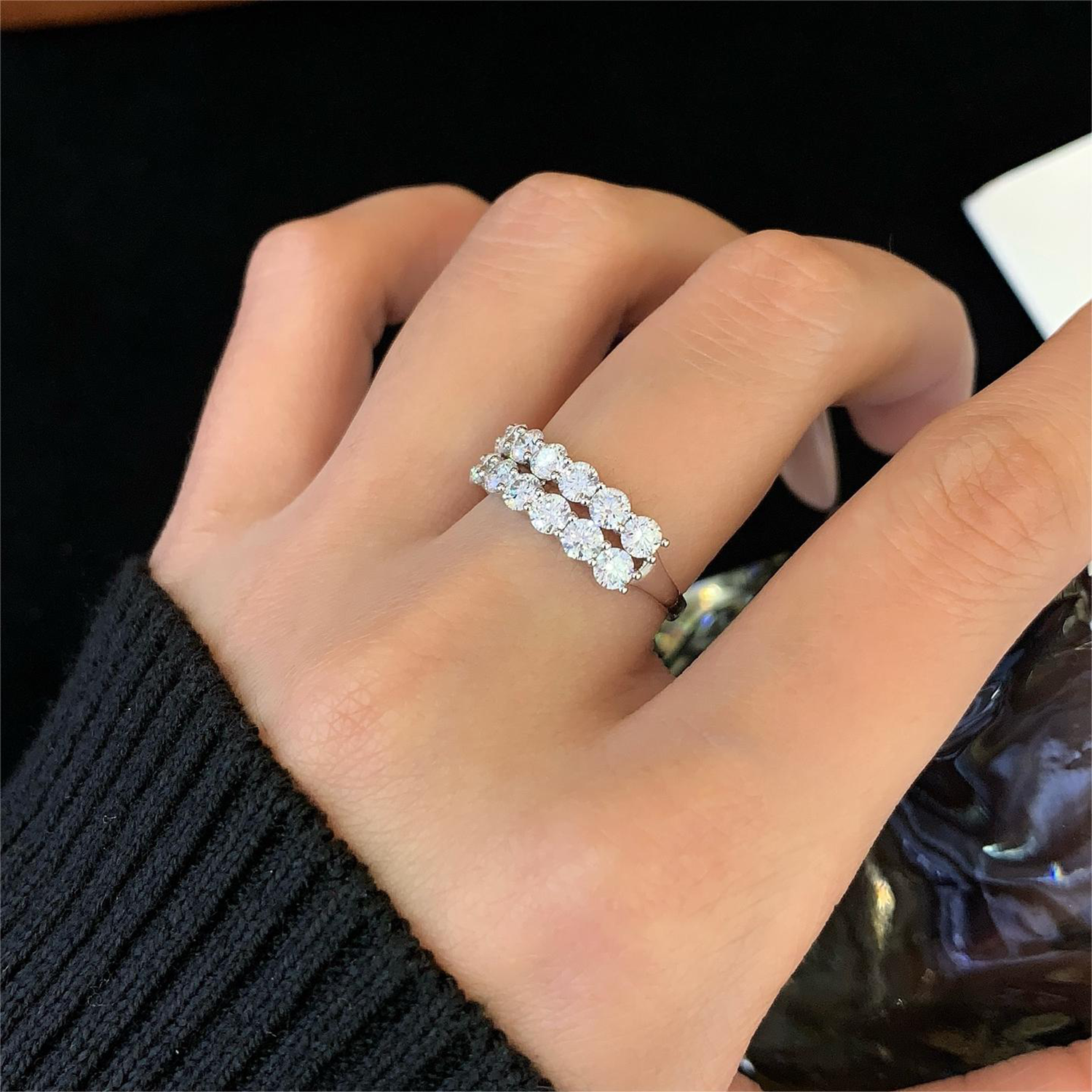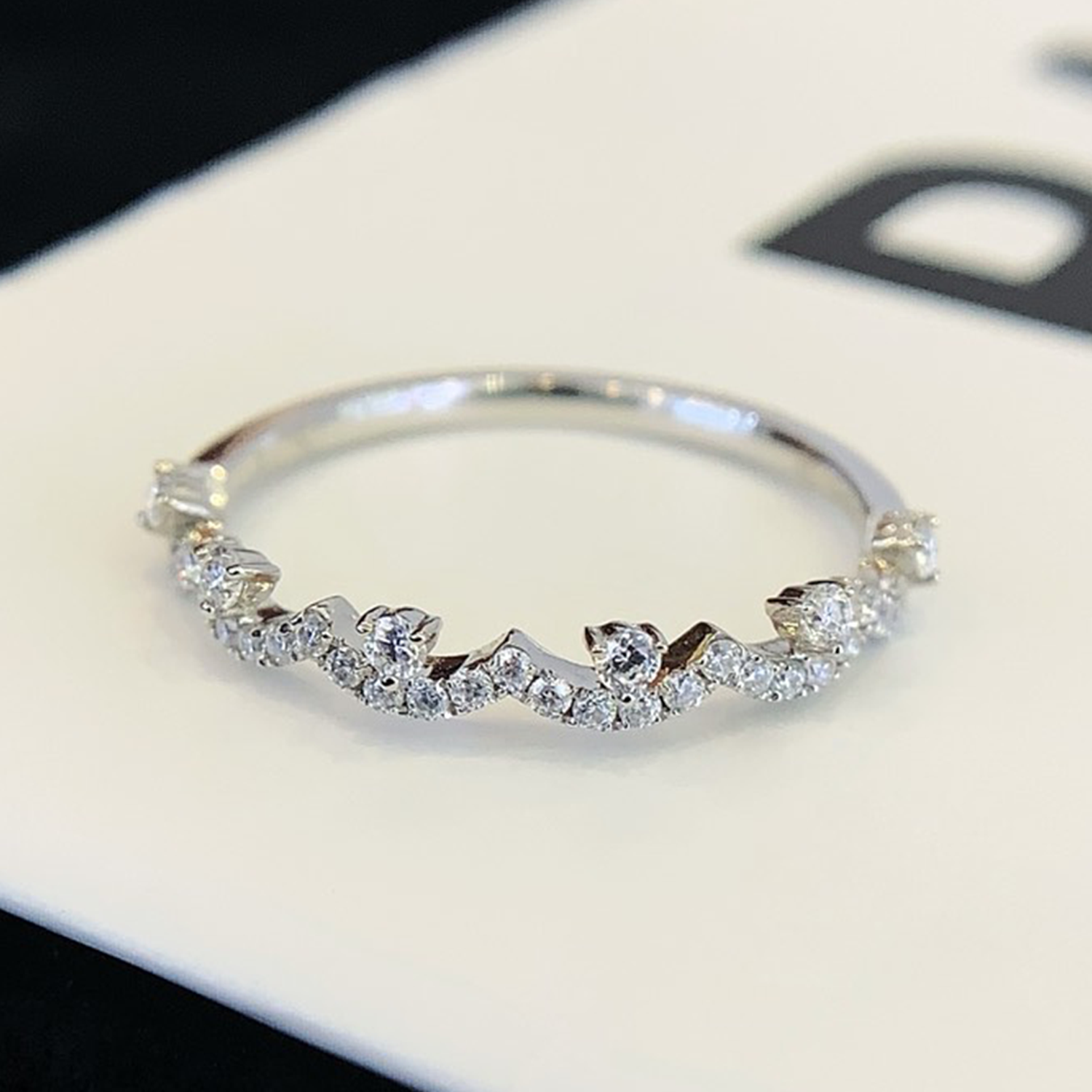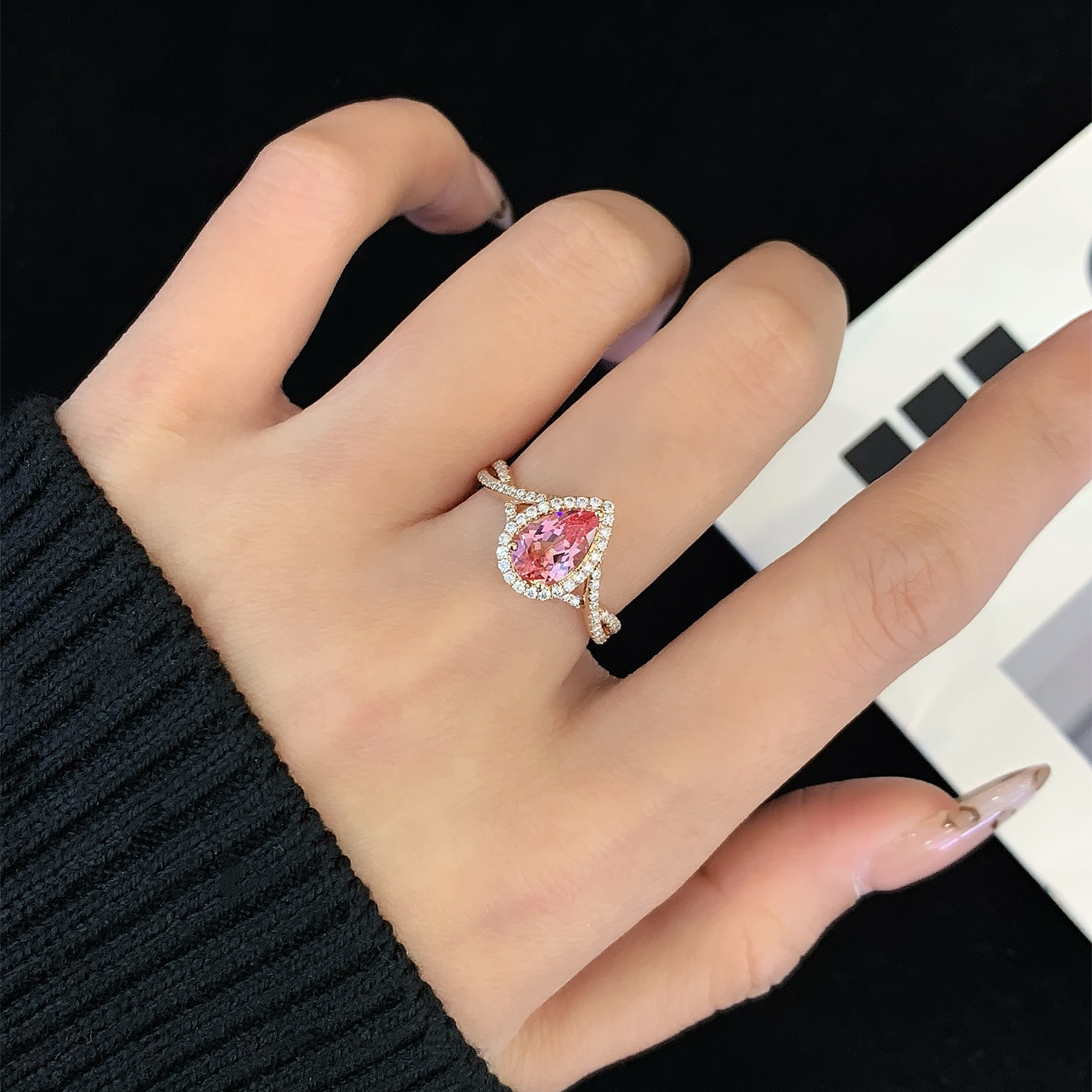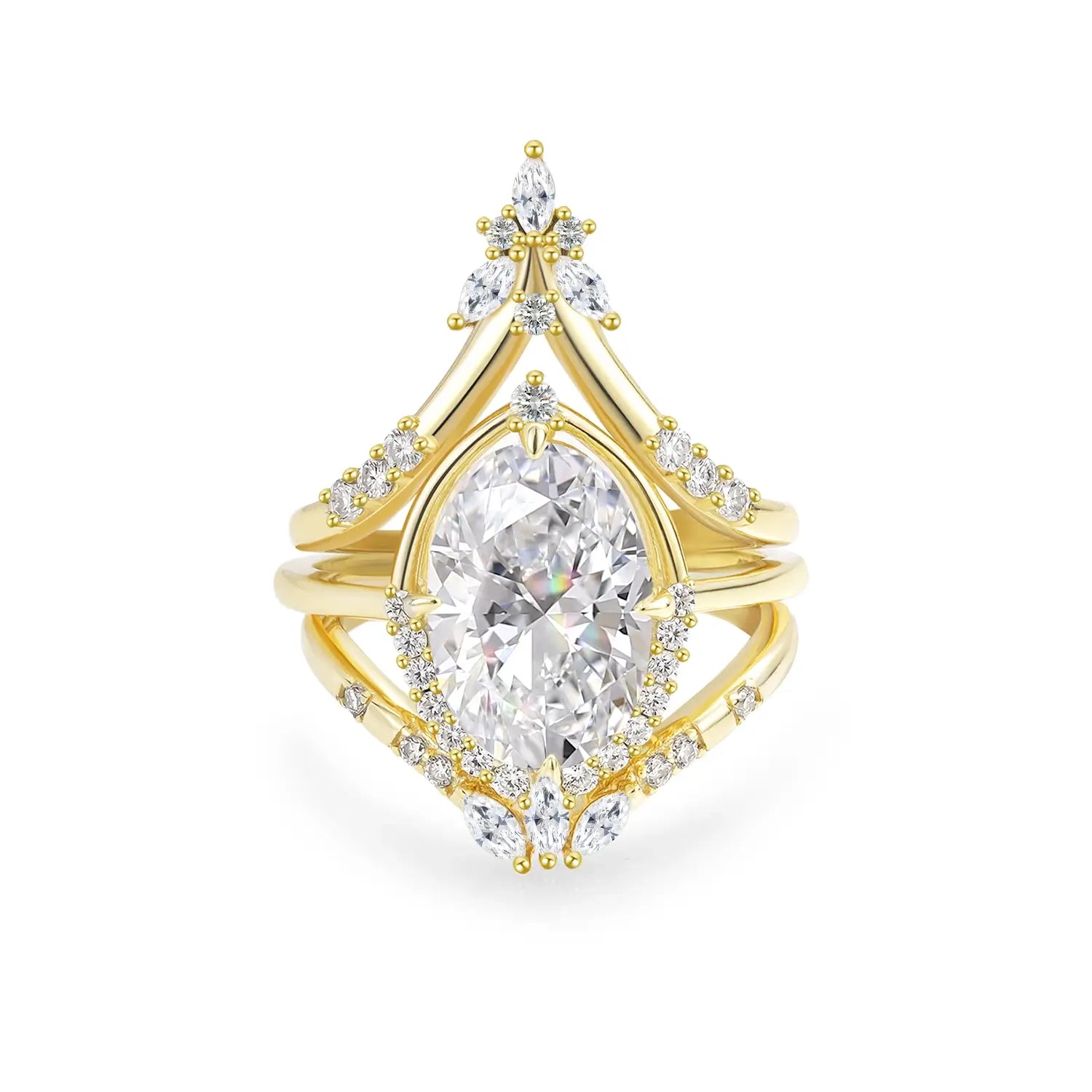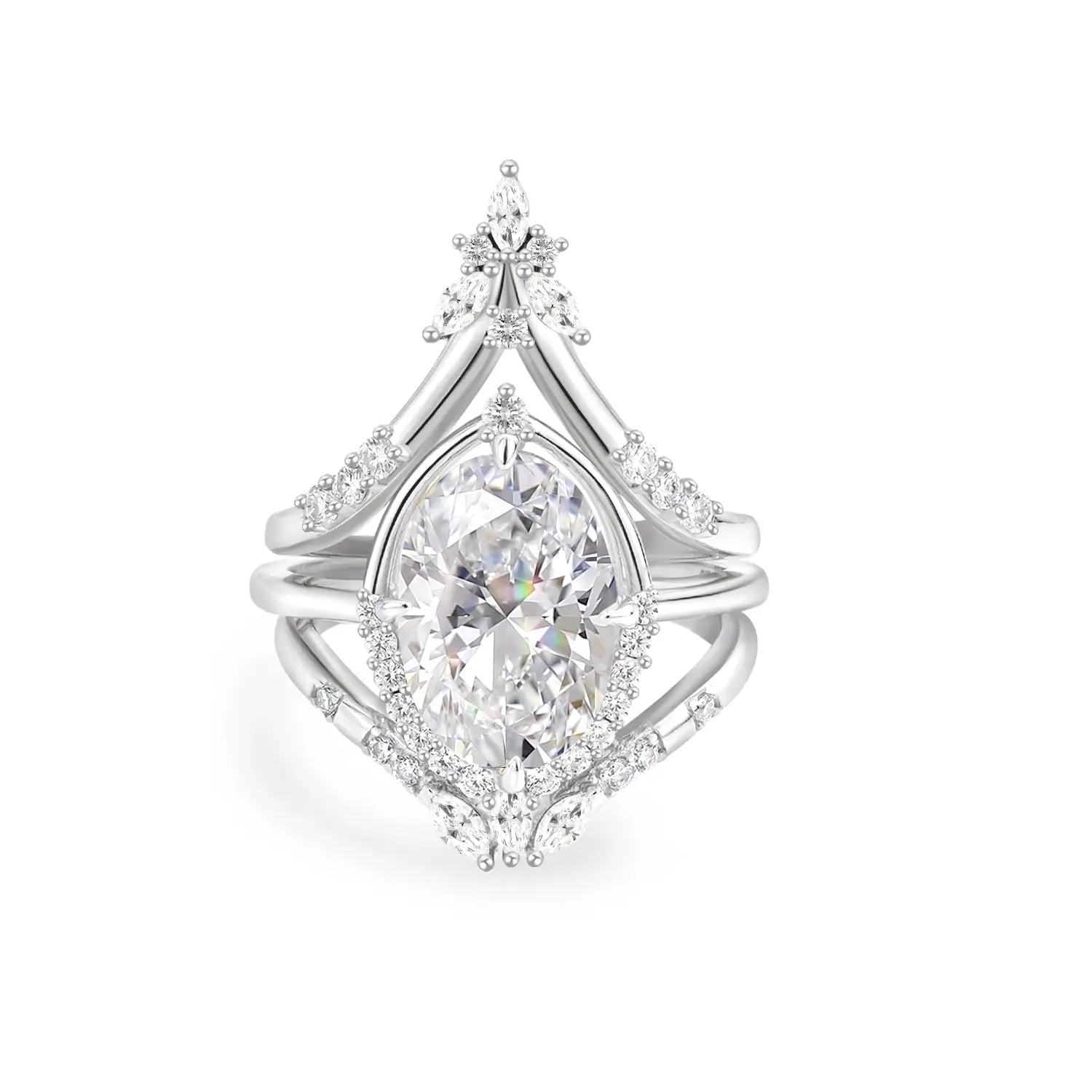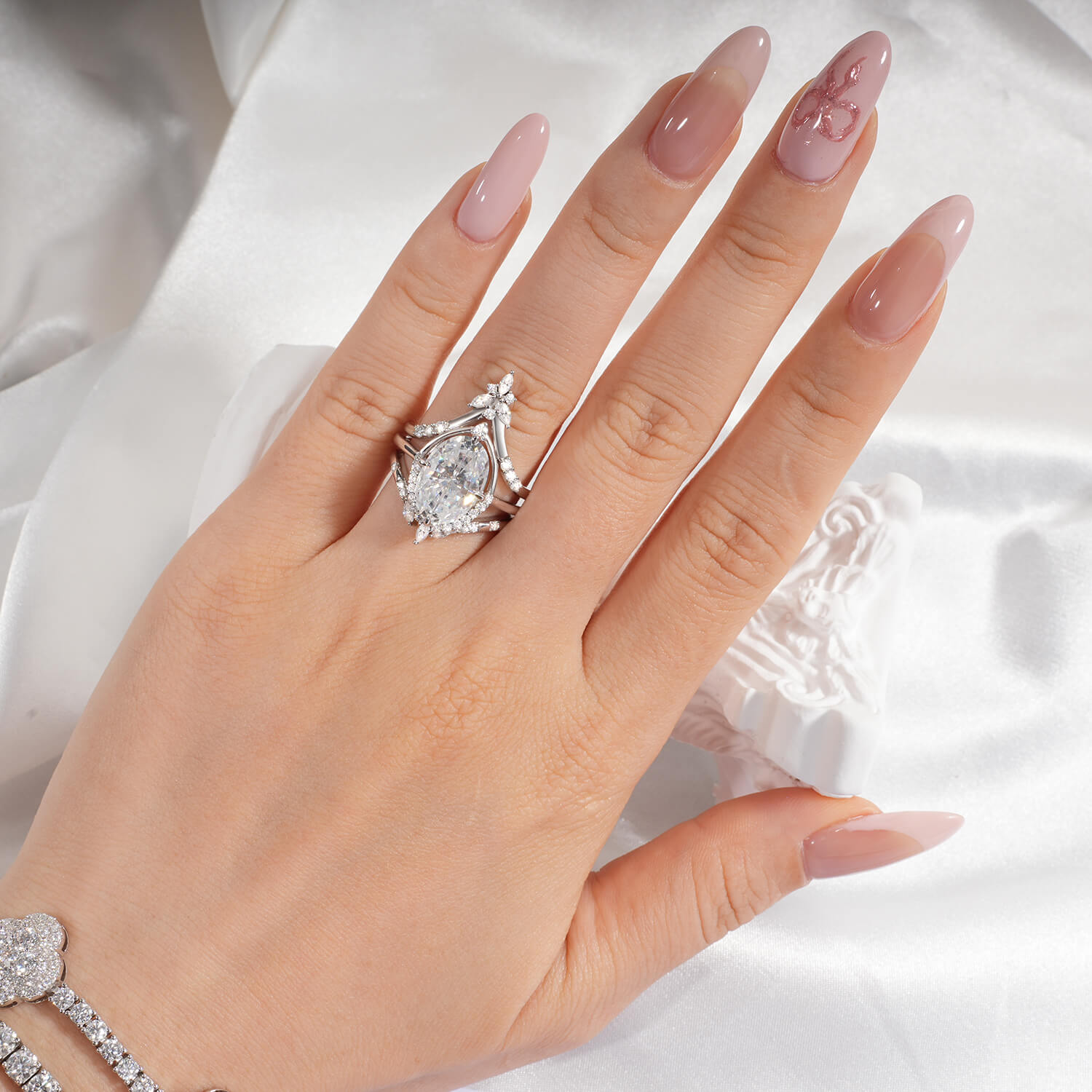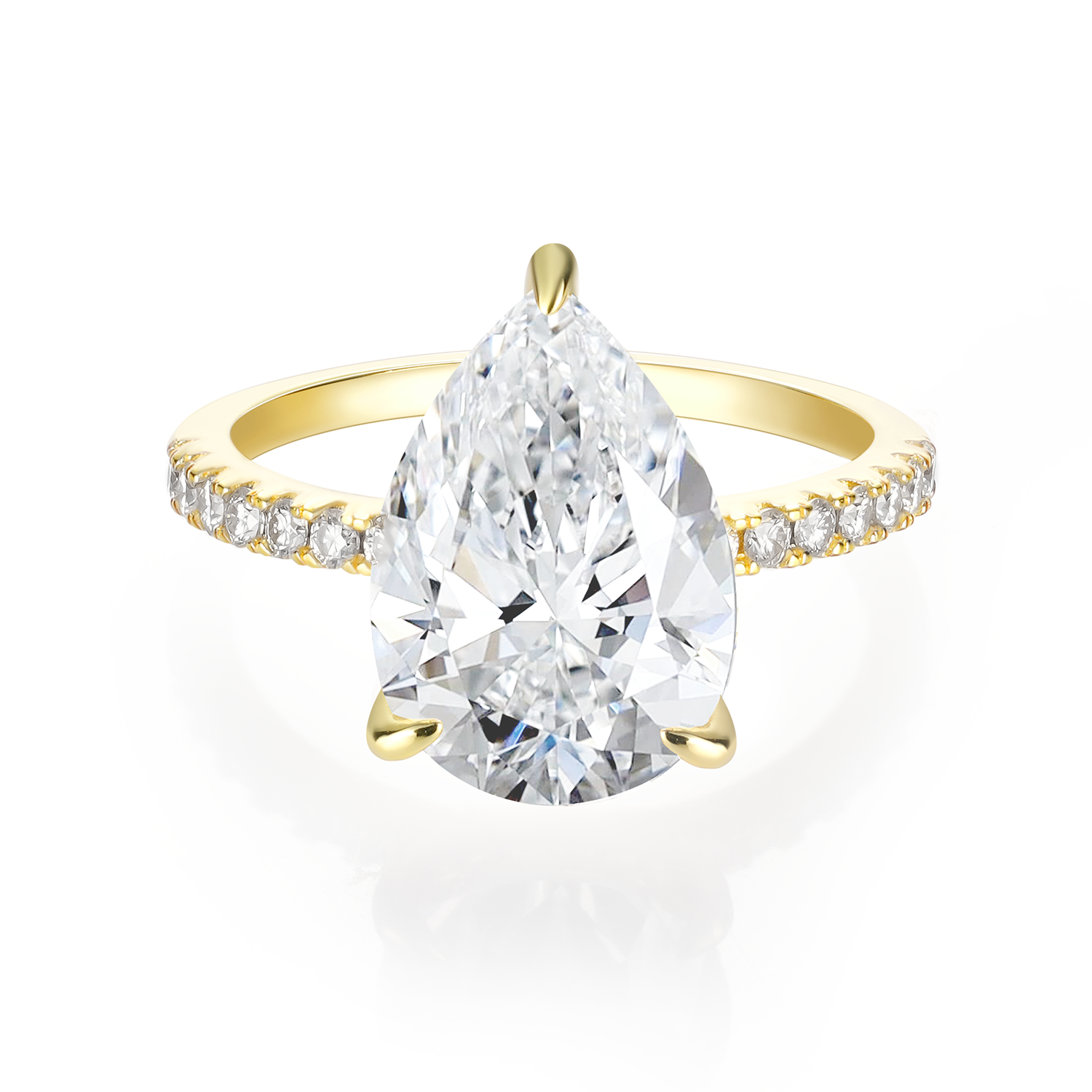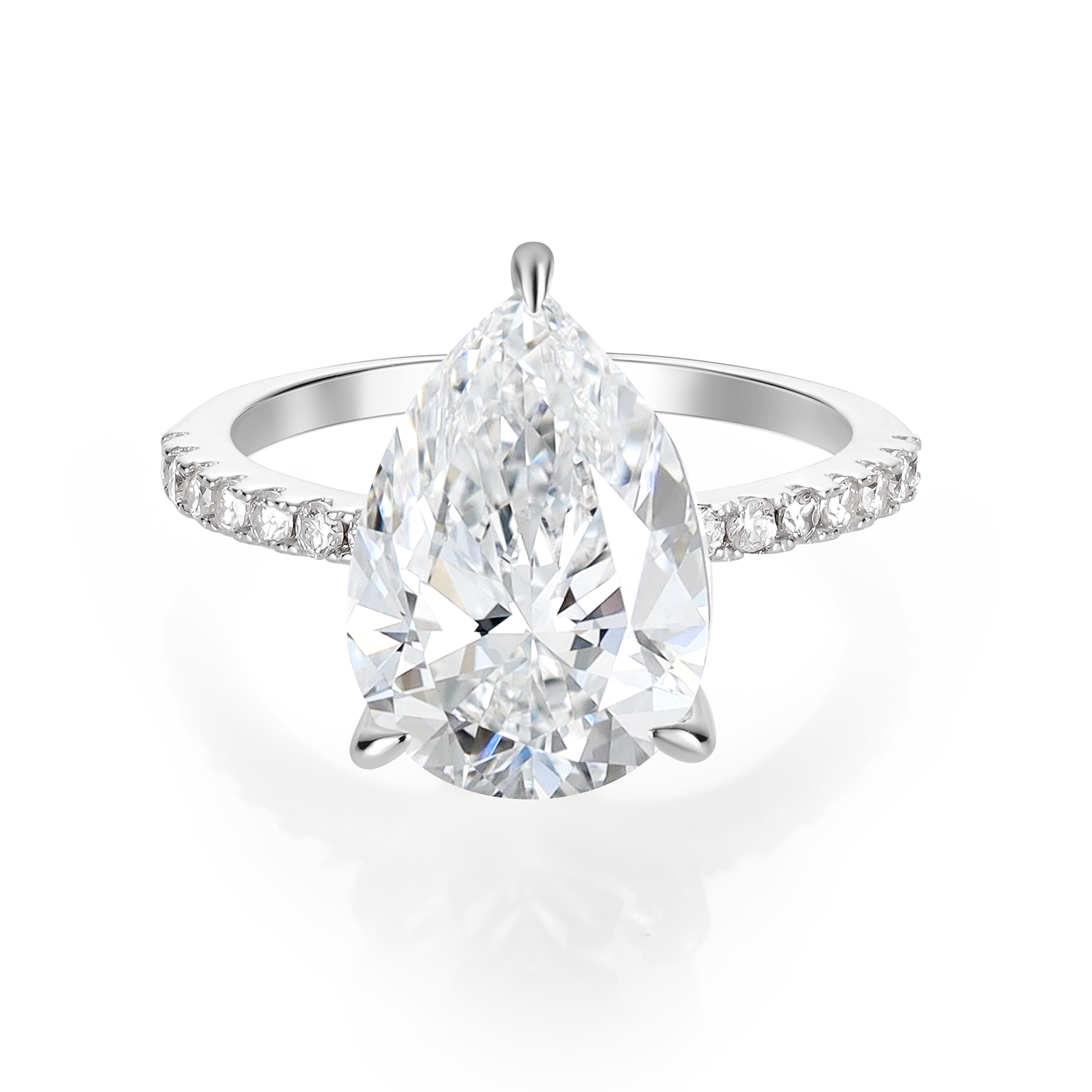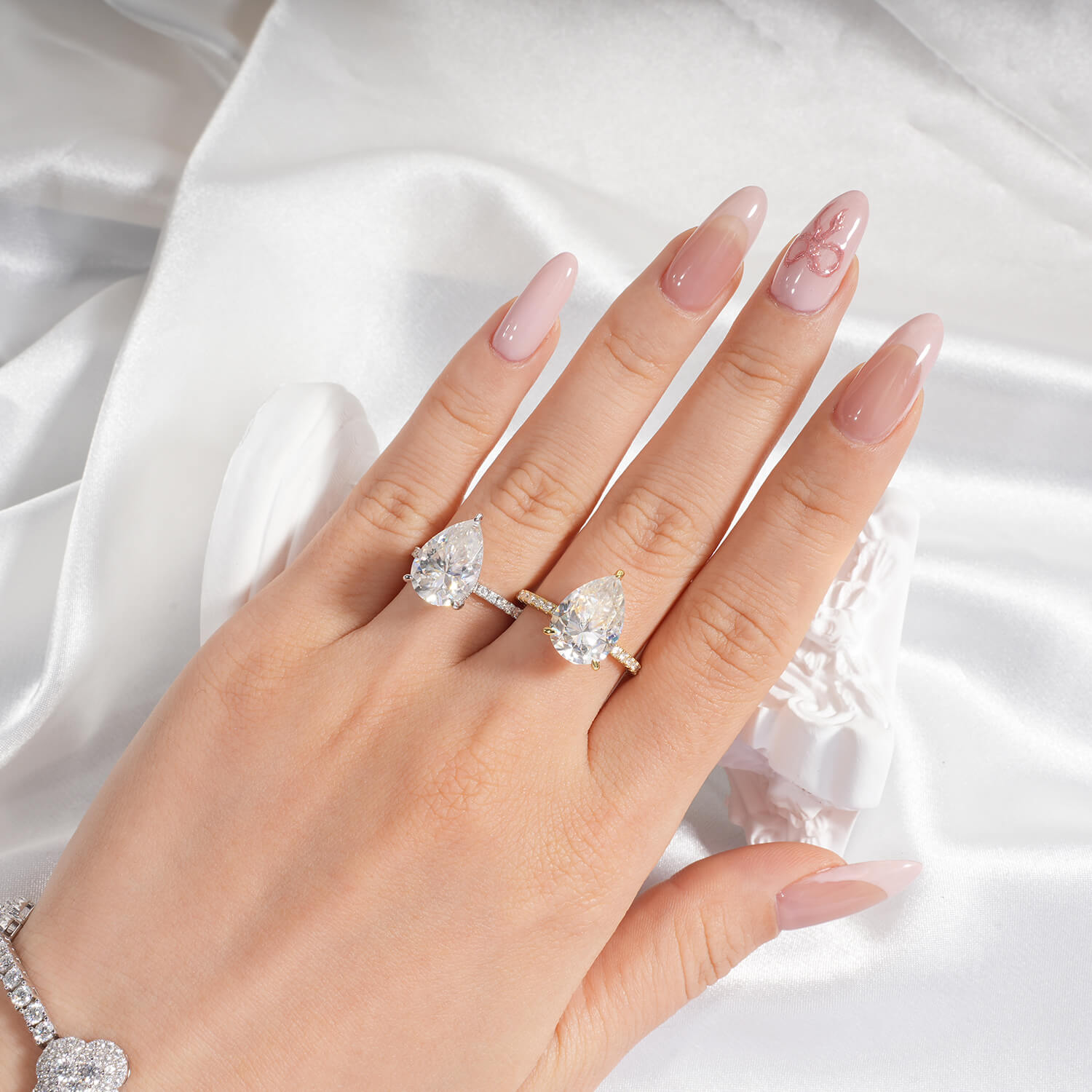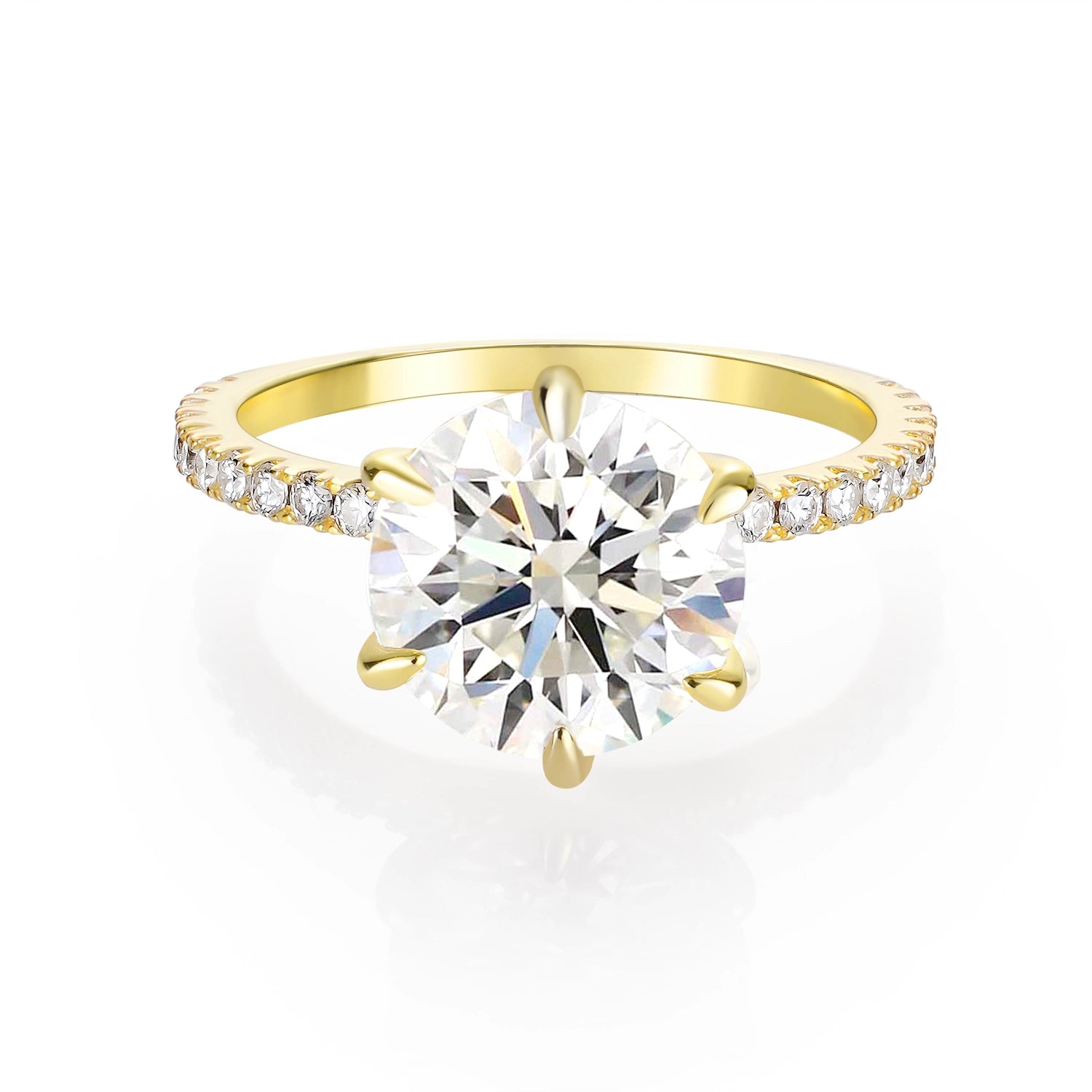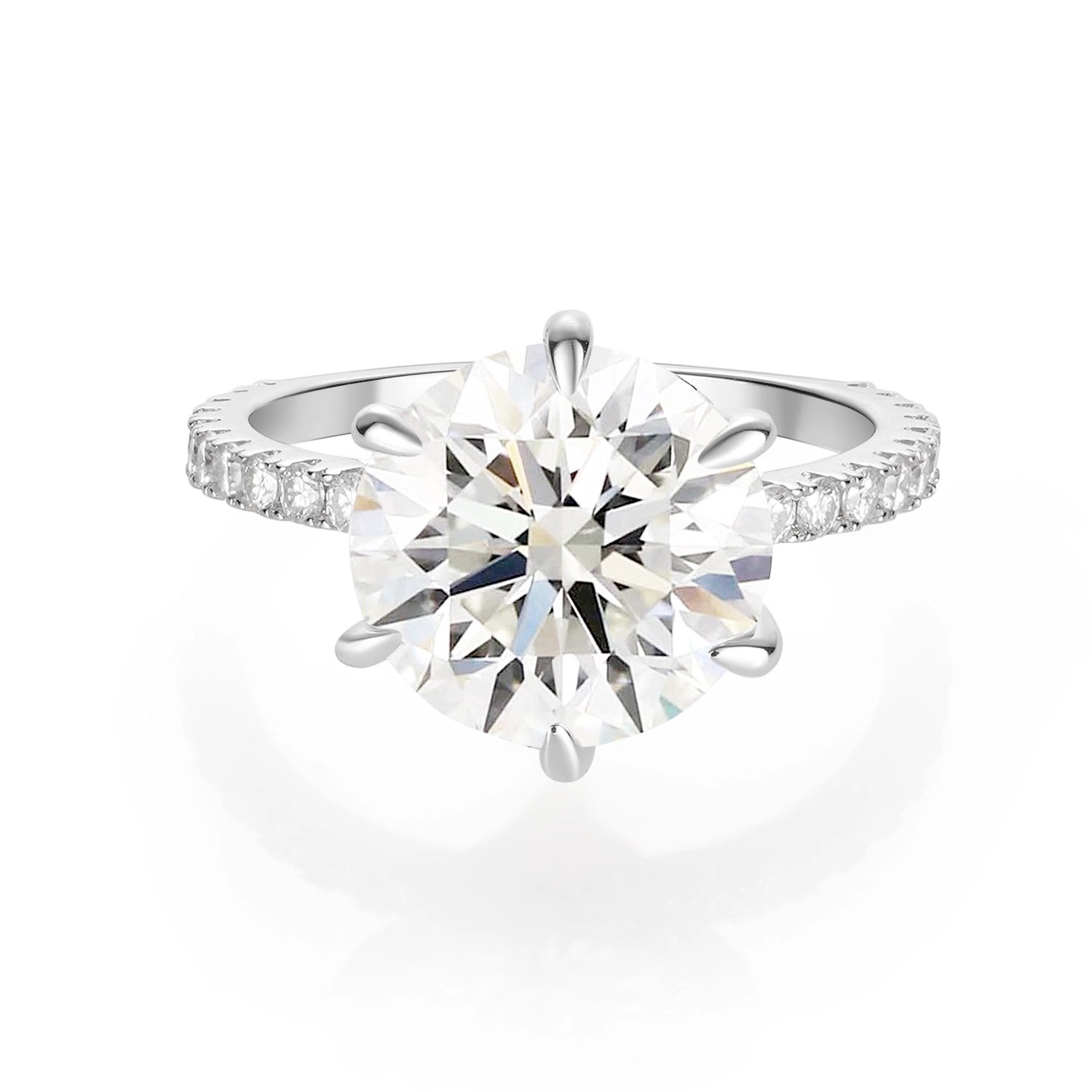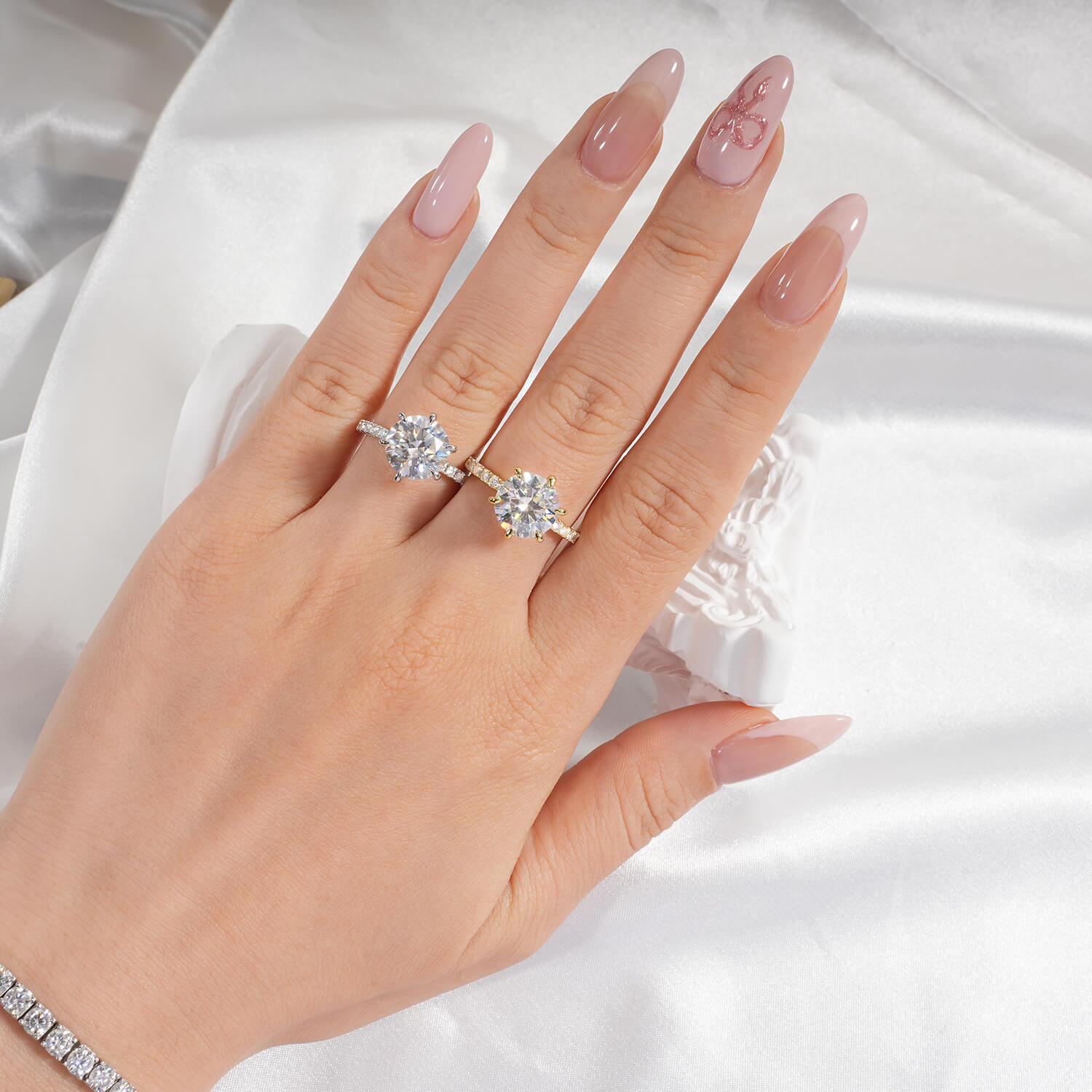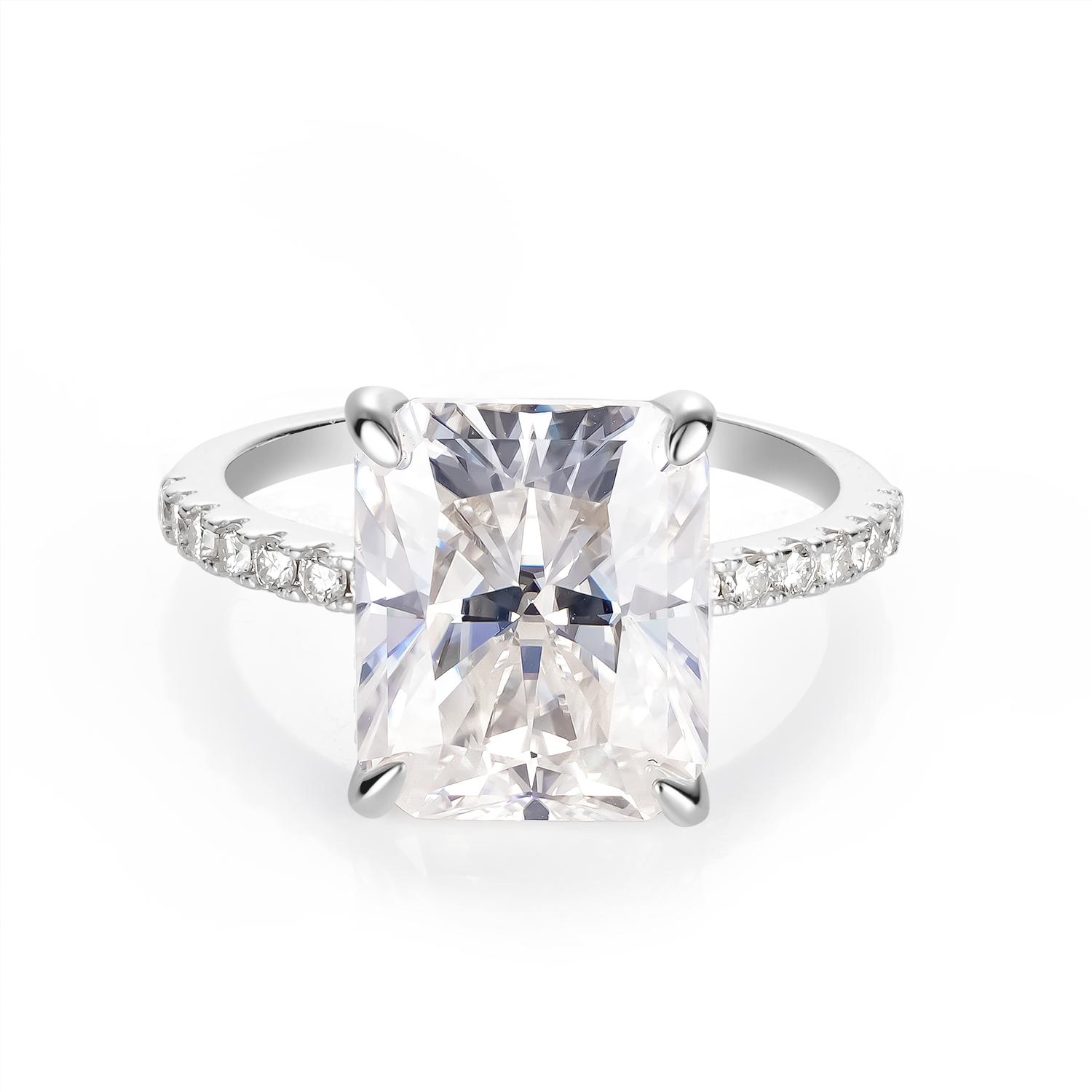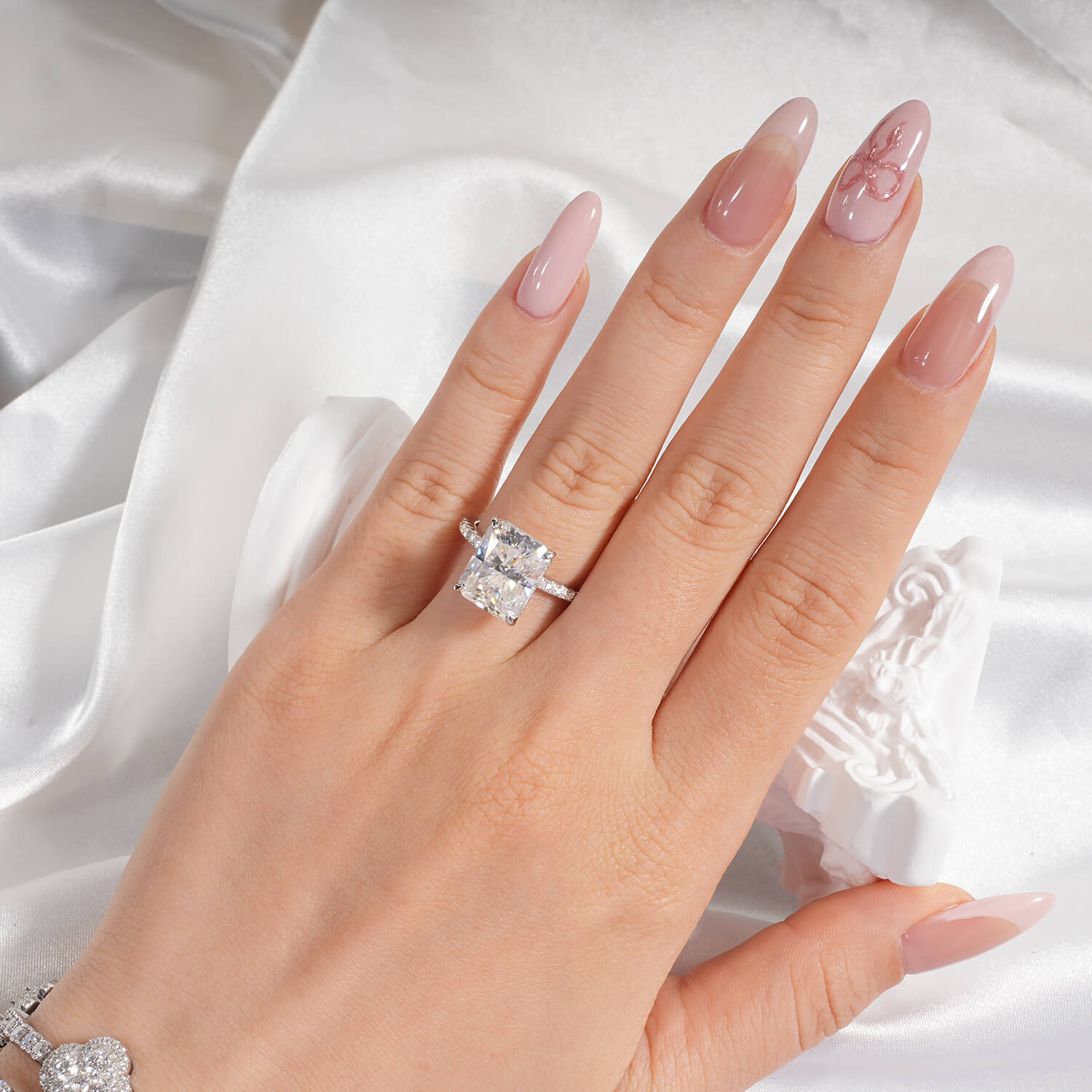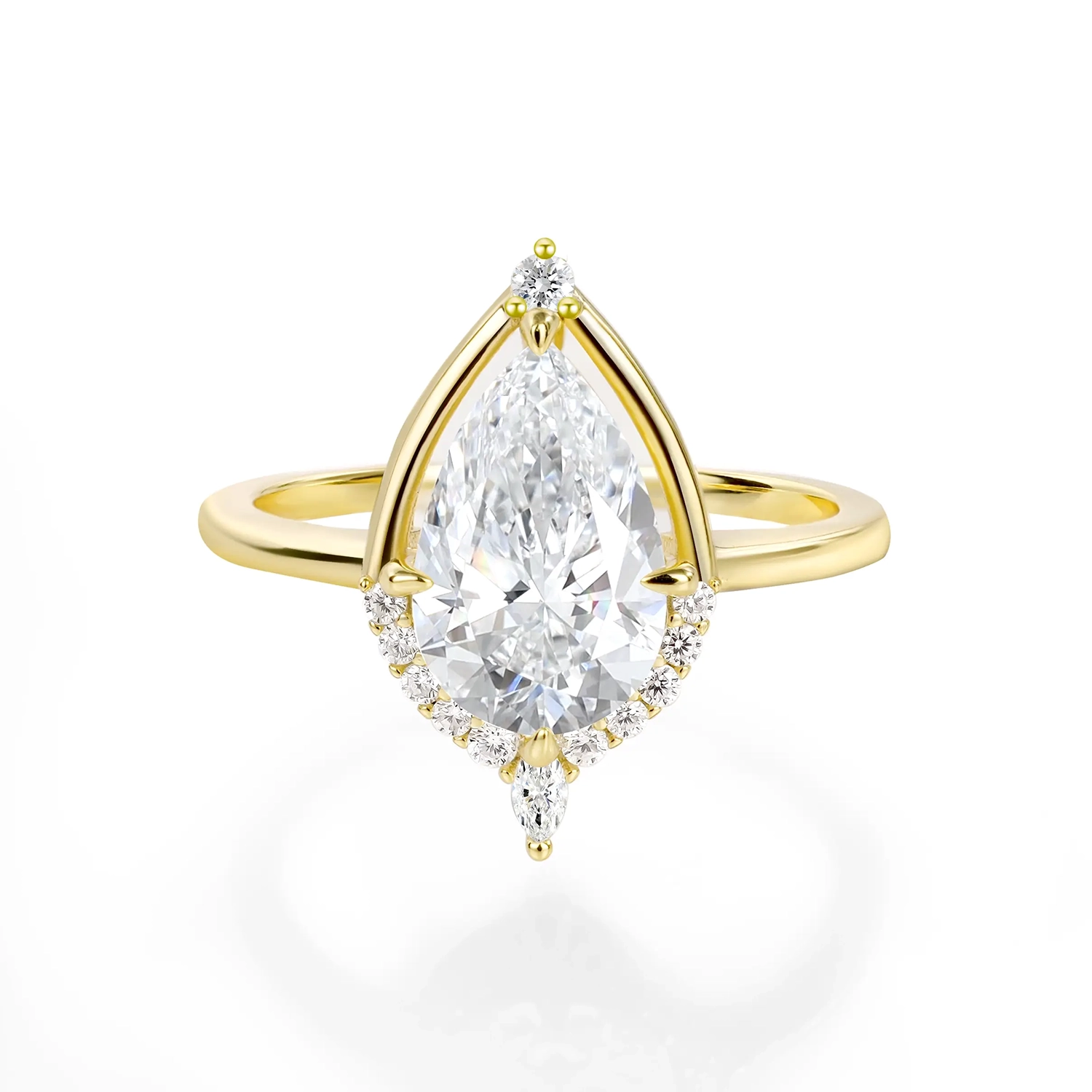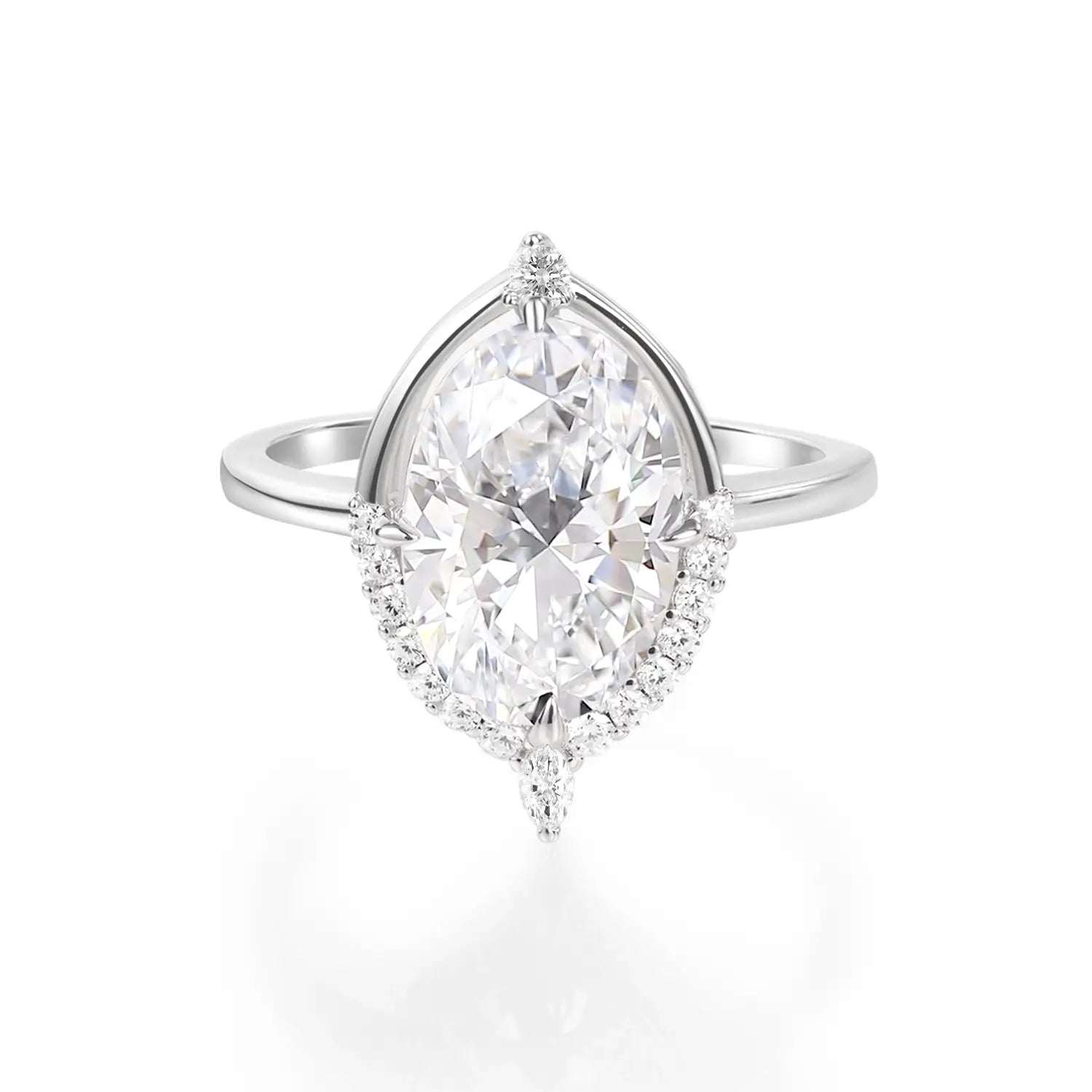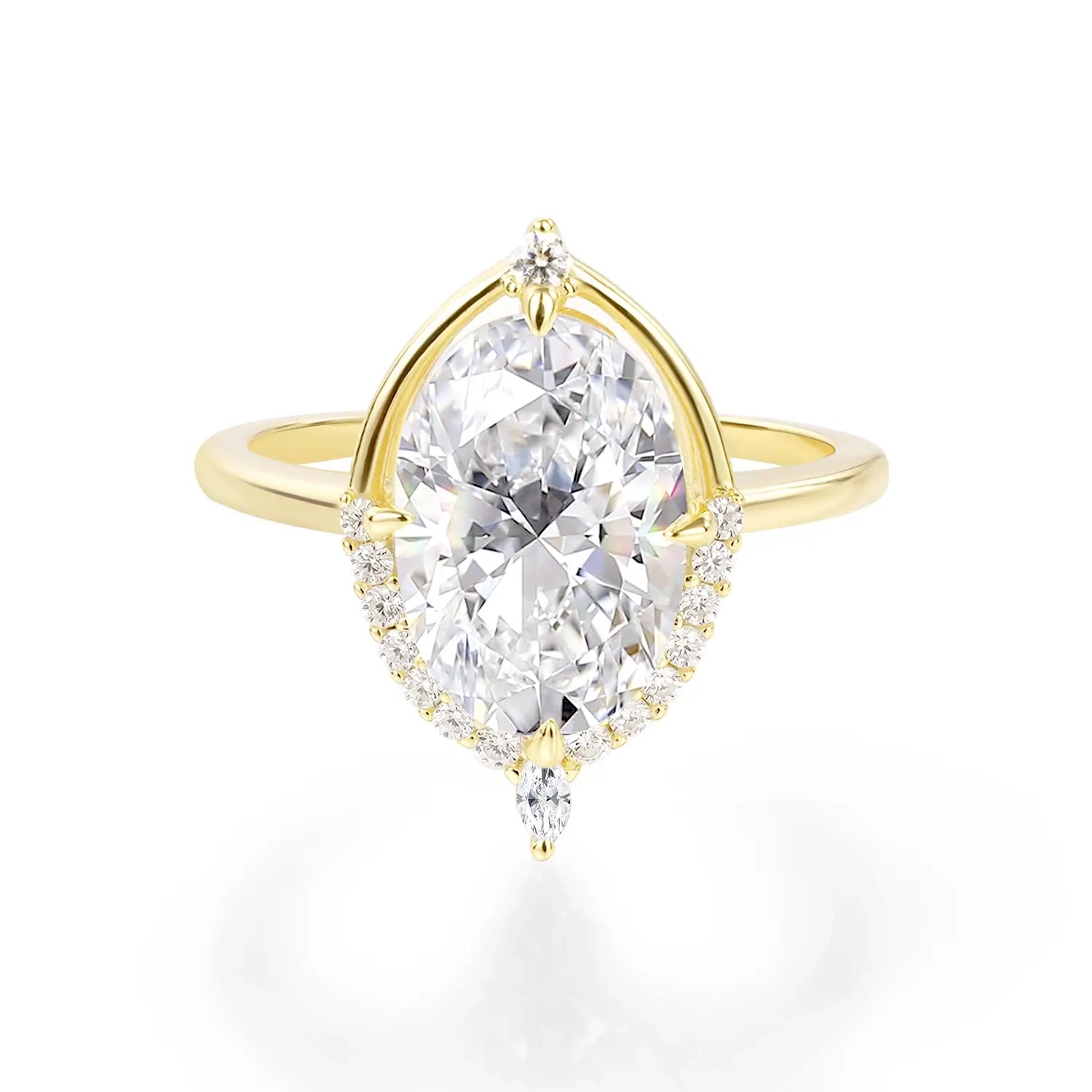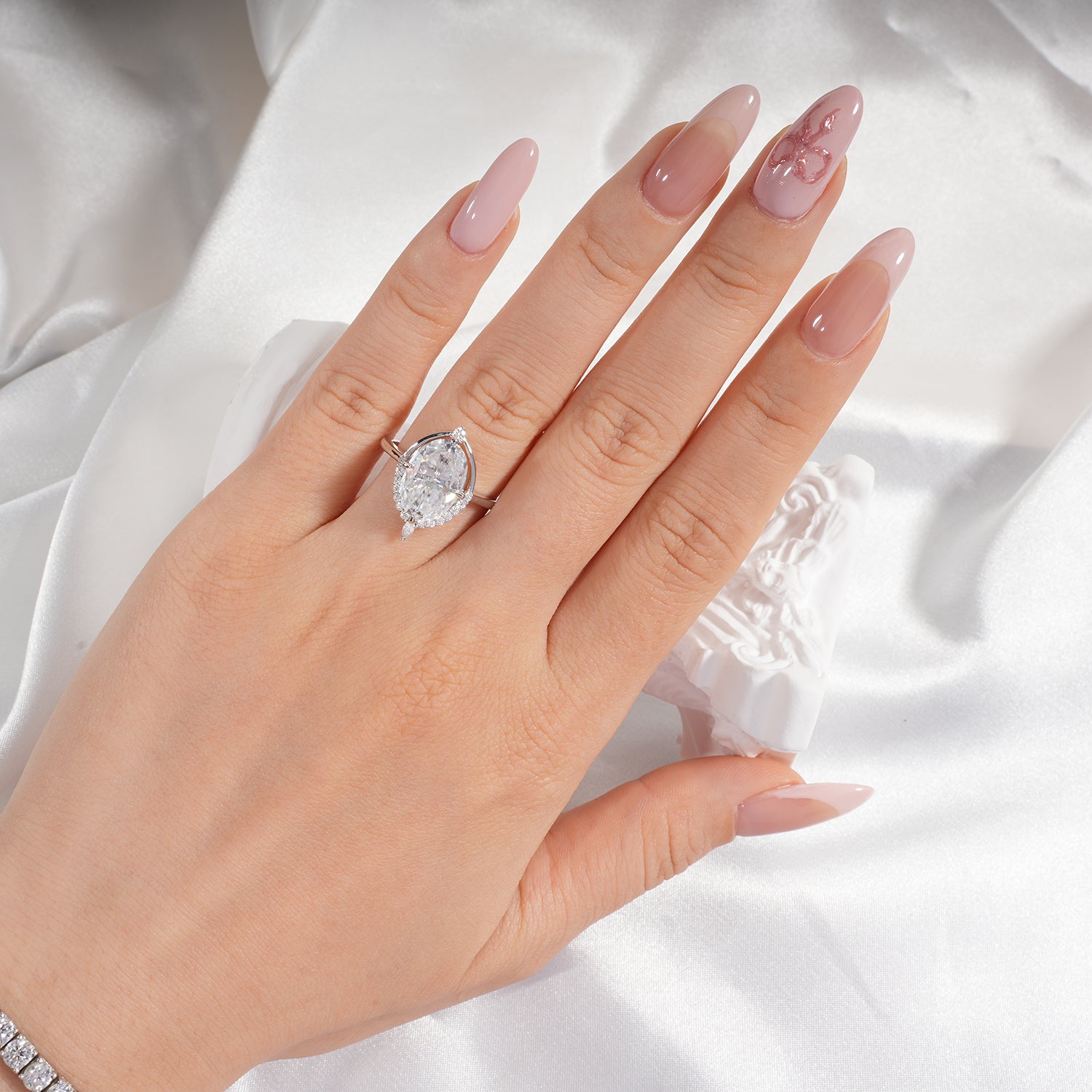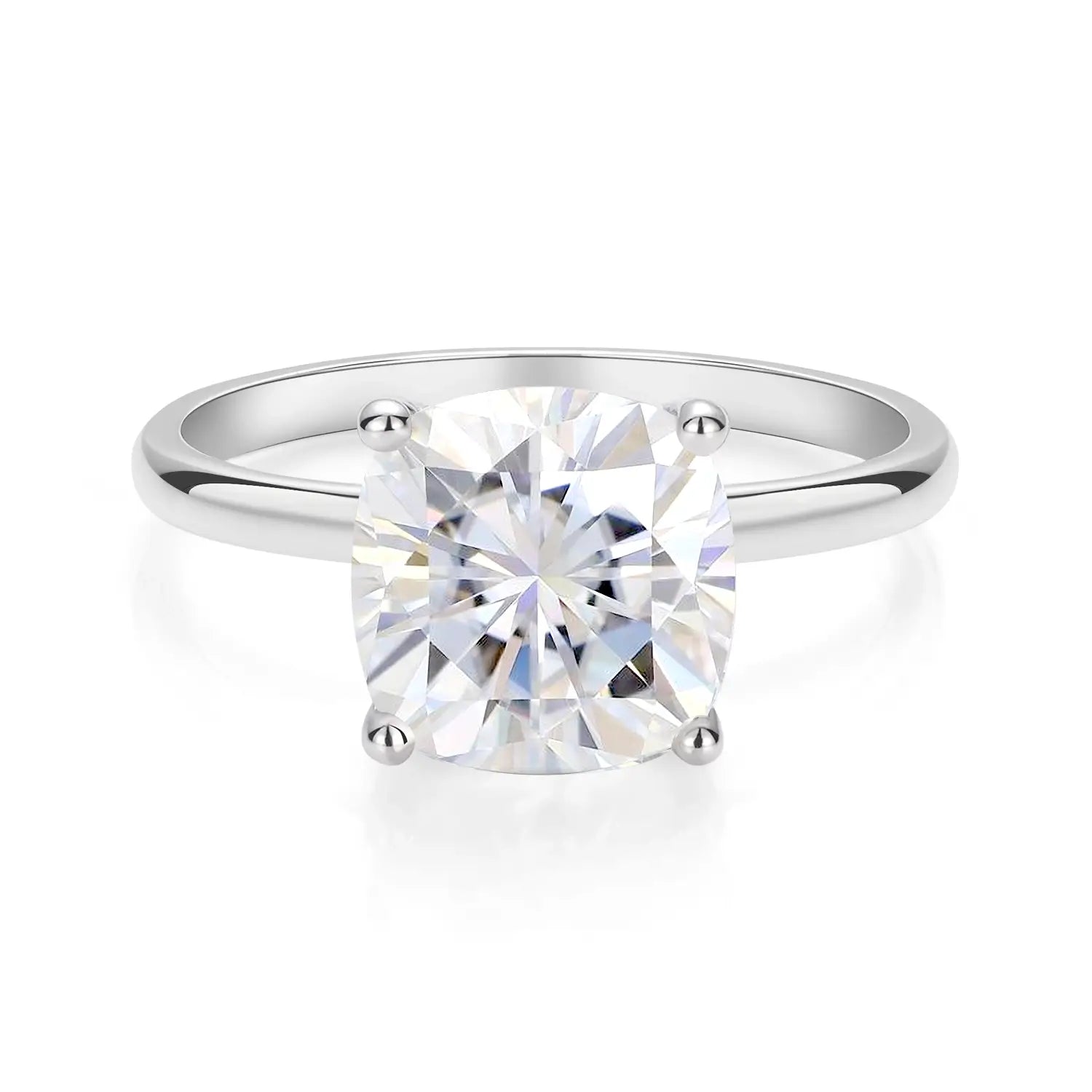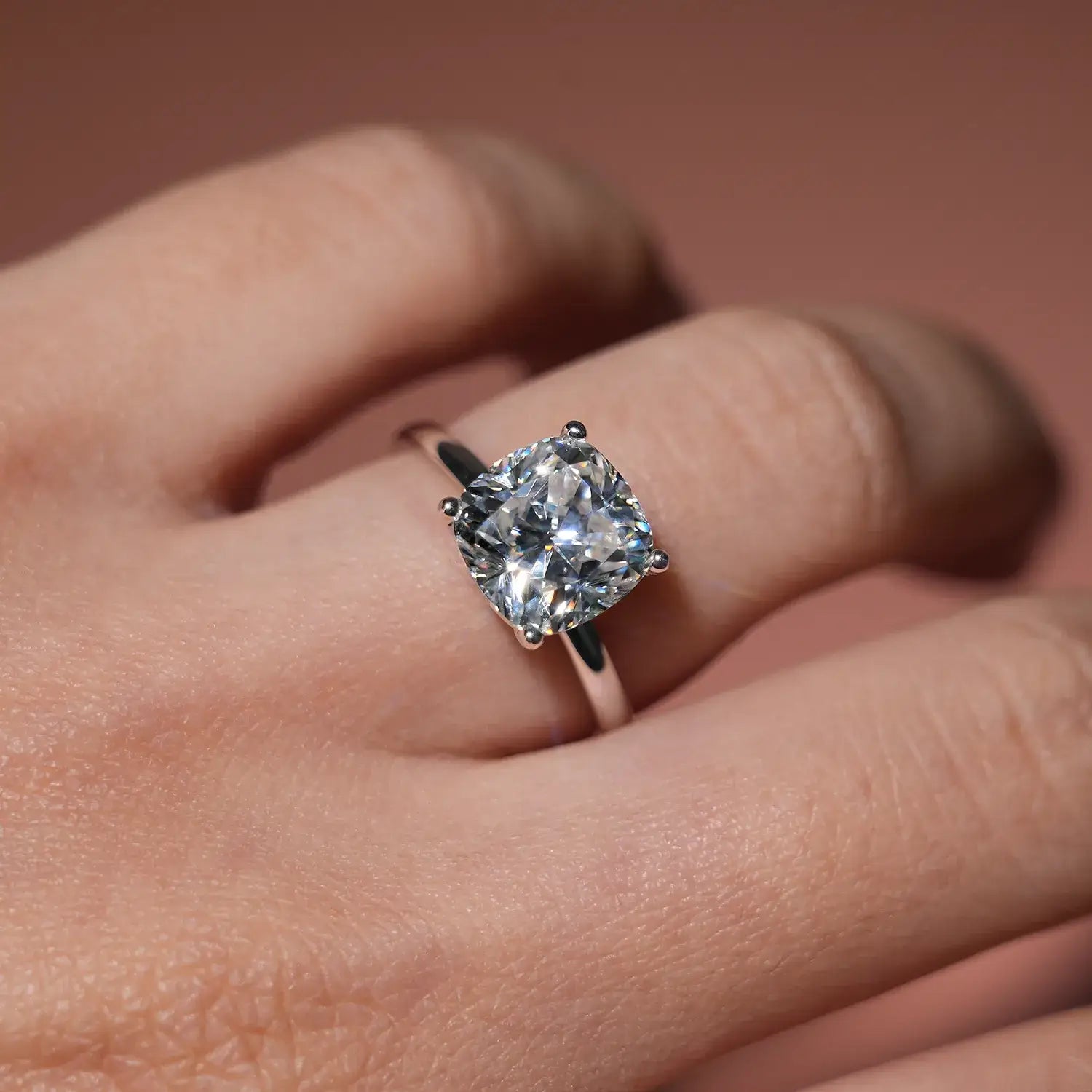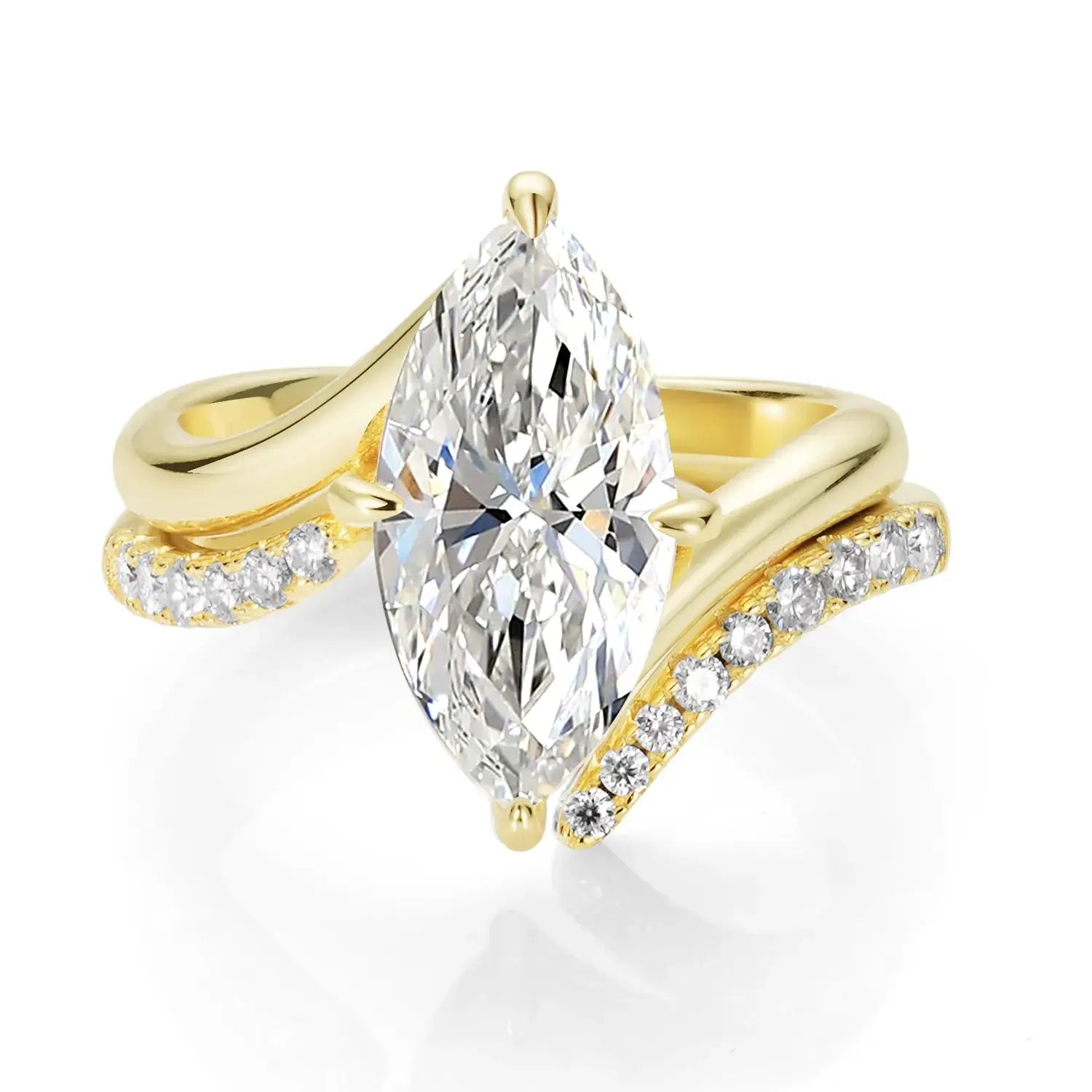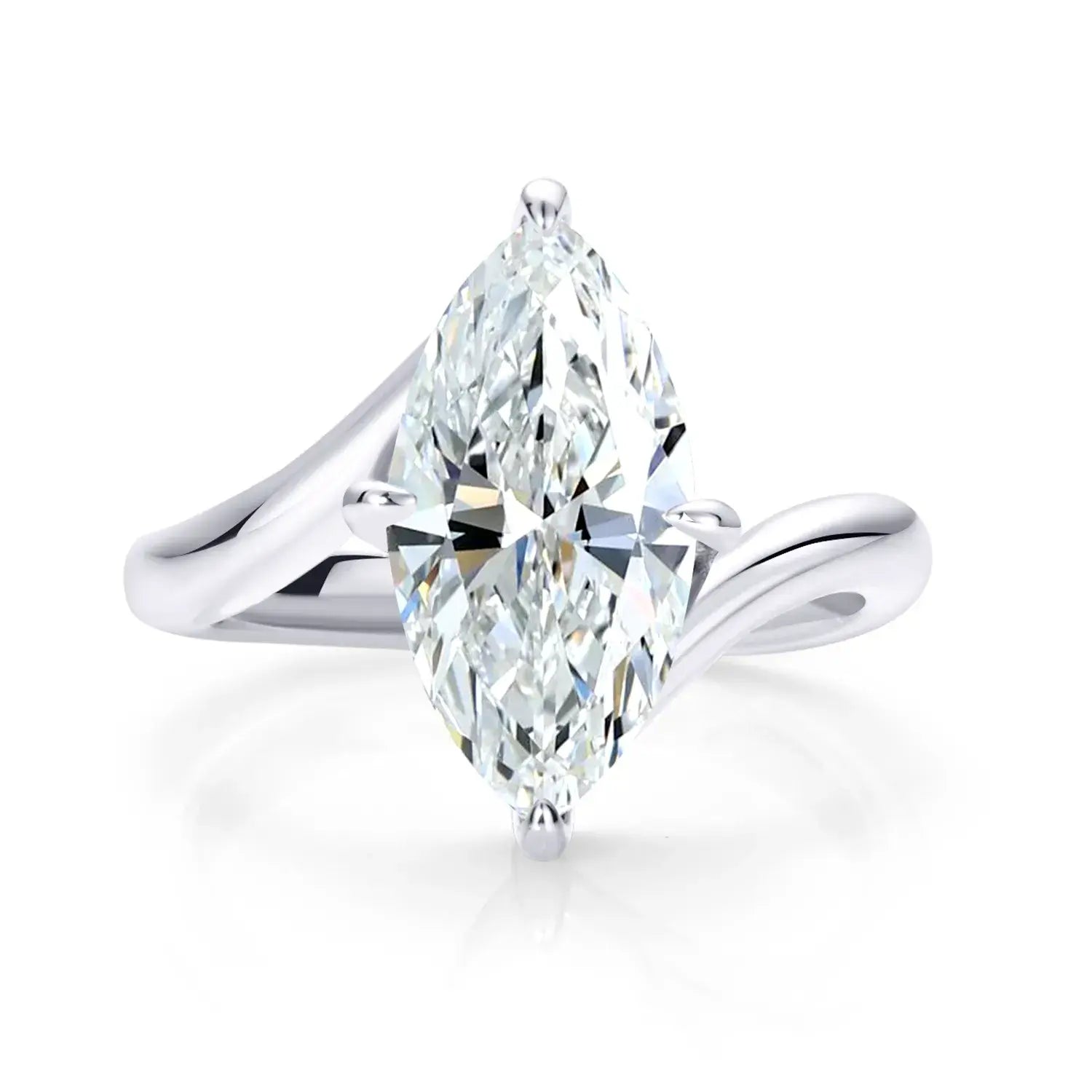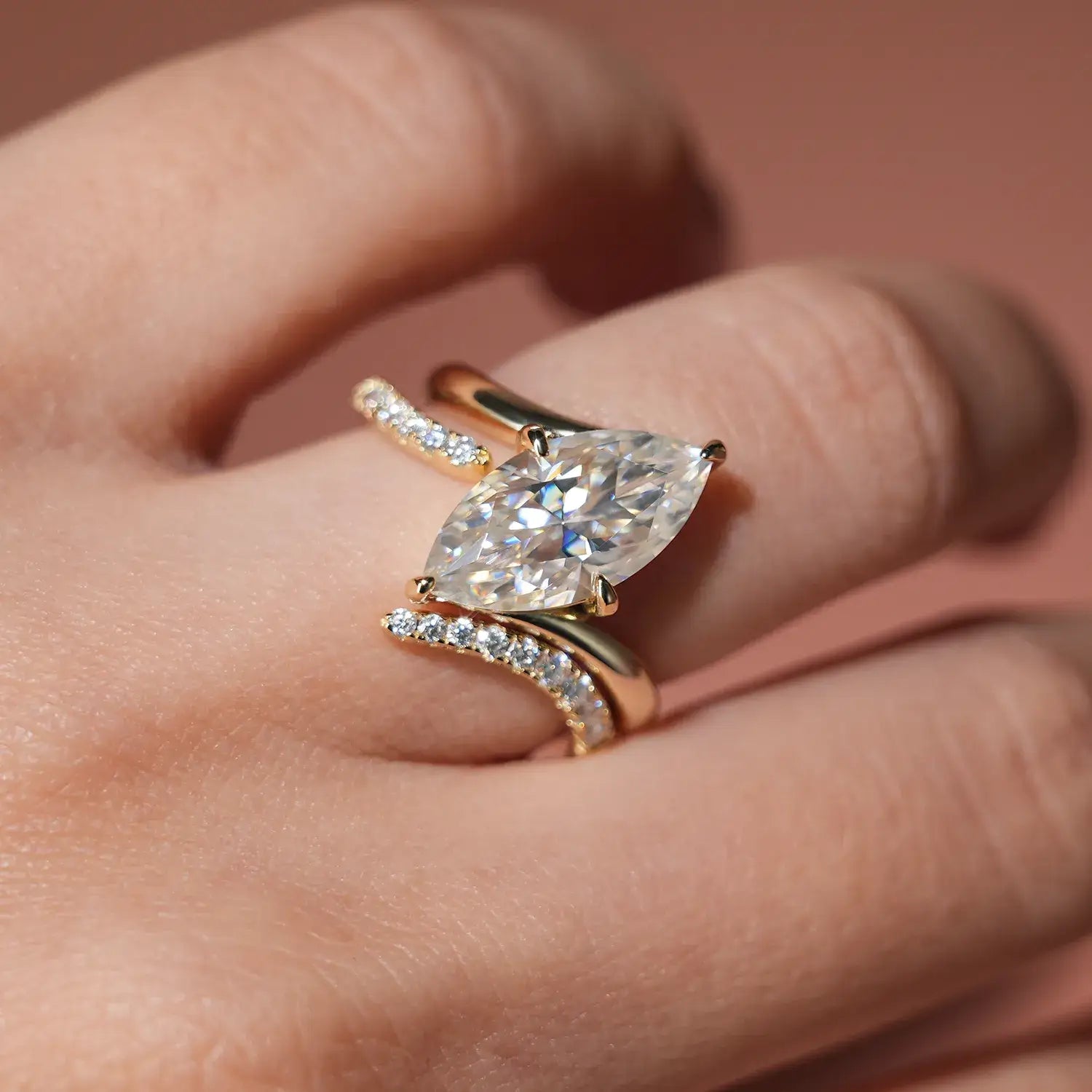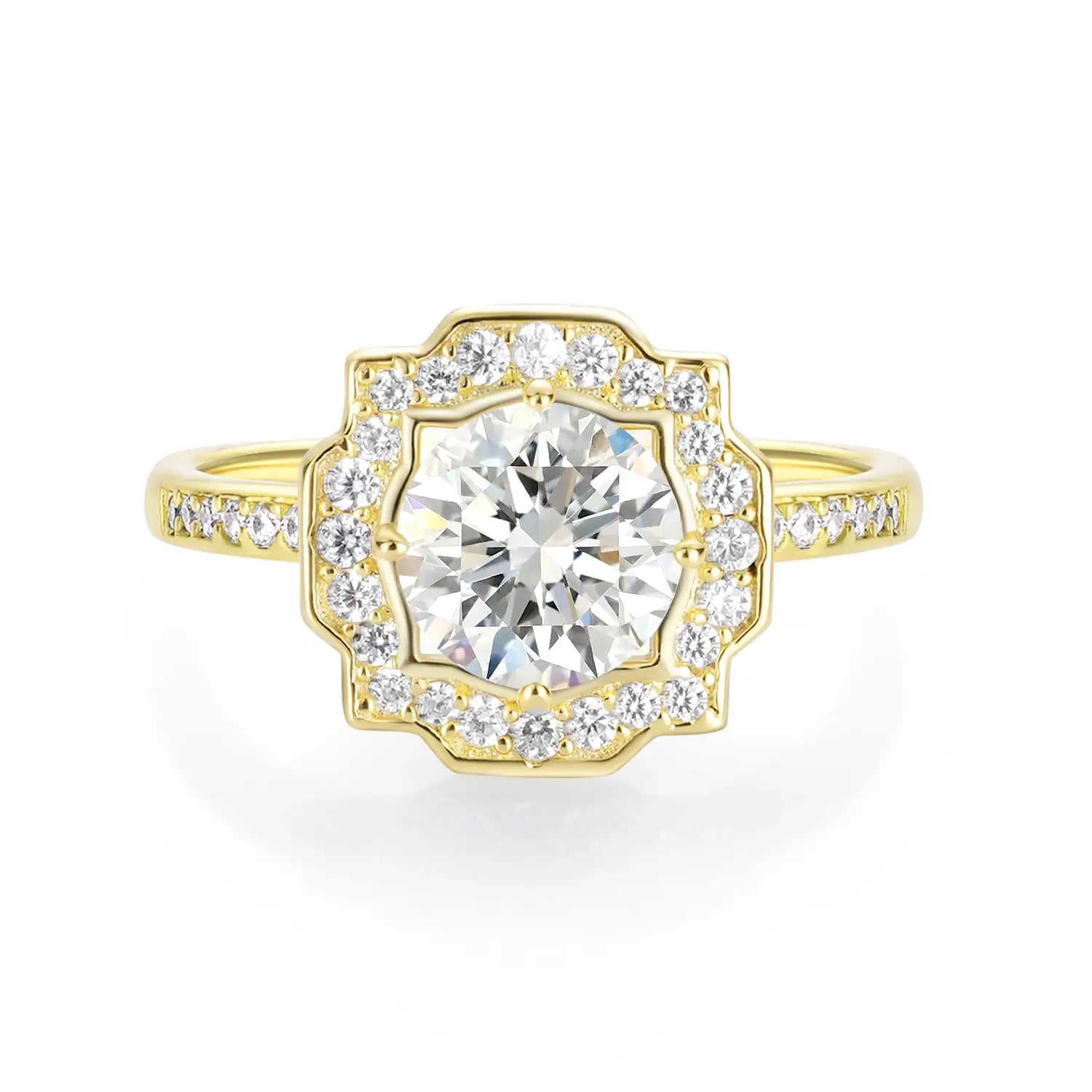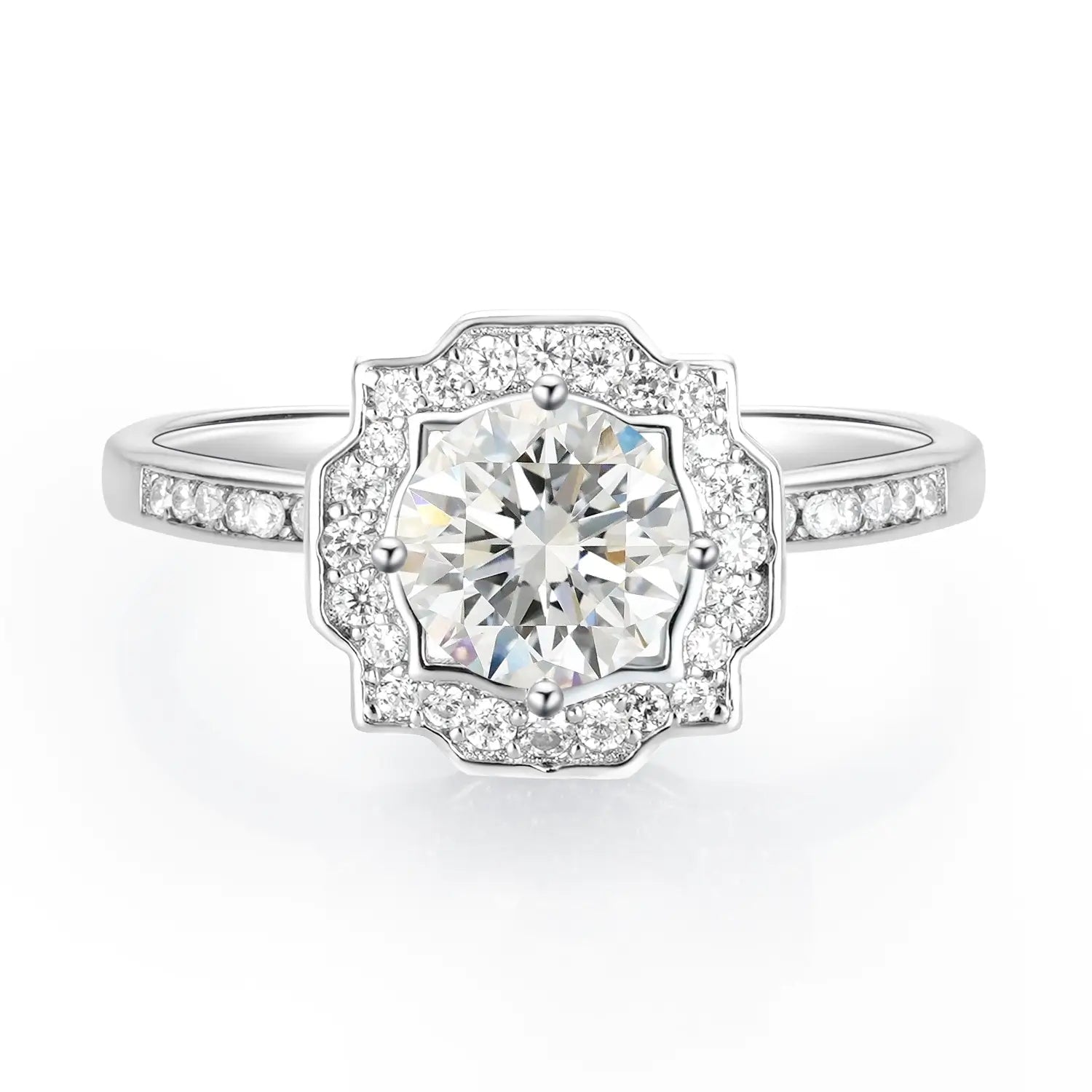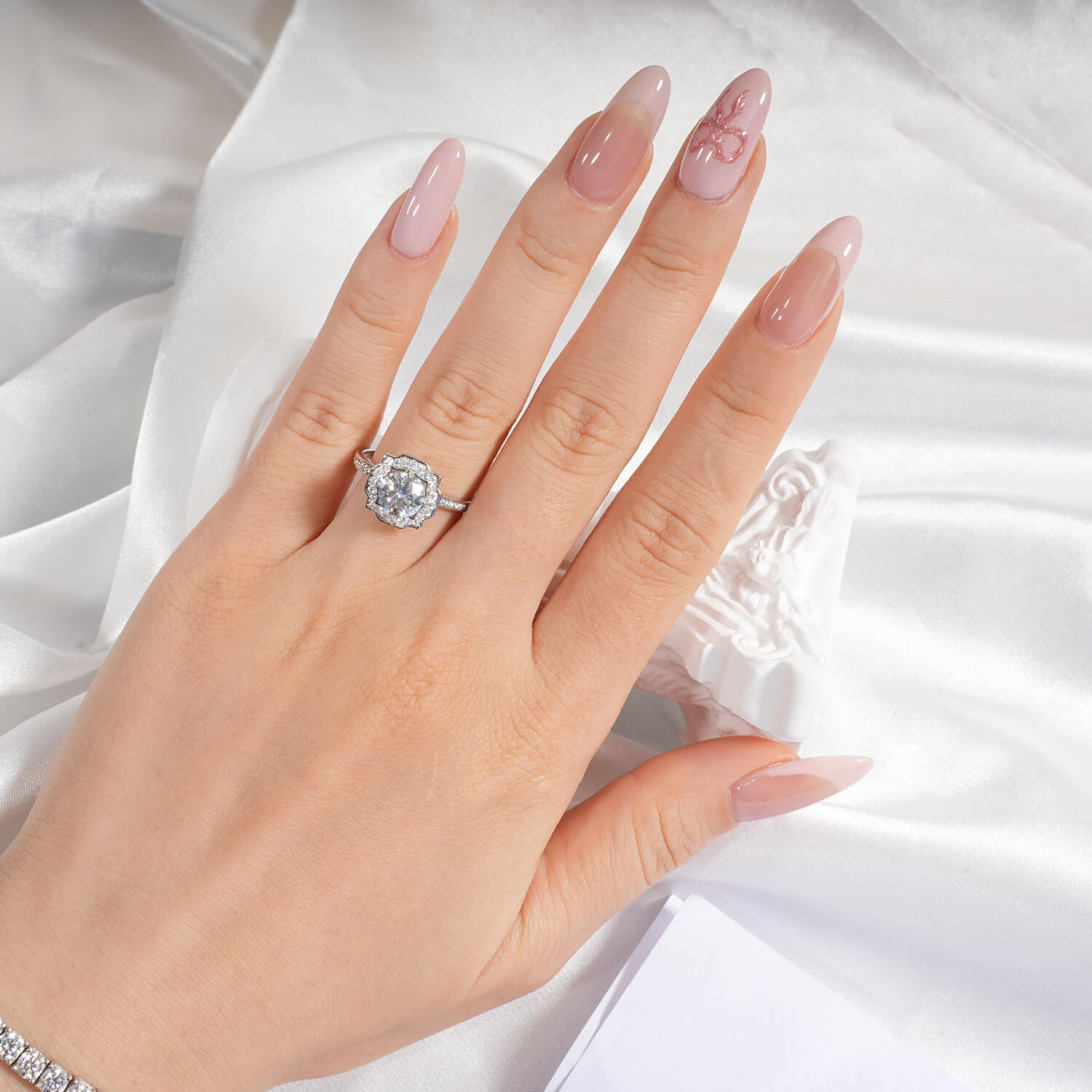Understanding Lab-Grown Diamonds
Before diving into the specifics of cutting shapes, it’s important to understand what lab-grown diamonds are. Lab-grown diamonds are chemically, physically, and optically identical to natural diamonds. They are created in controlled laboratory environments using advanced technological processes like High Pressure High Temperature (HPHT) or Chemical Vapor Deposition (CVD). Because they are ethically sourced and environmentally friendly, lab-grown diamonds have become increasingly popular among consumers.
However, just like natural diamonds, lab-grown diamonds are priced based on the Four Cs: Carat, Cut, Color, and Clarity. Among these, the cut—specifically the shape of the cut—plays a significant role in determining the diamond’s price.
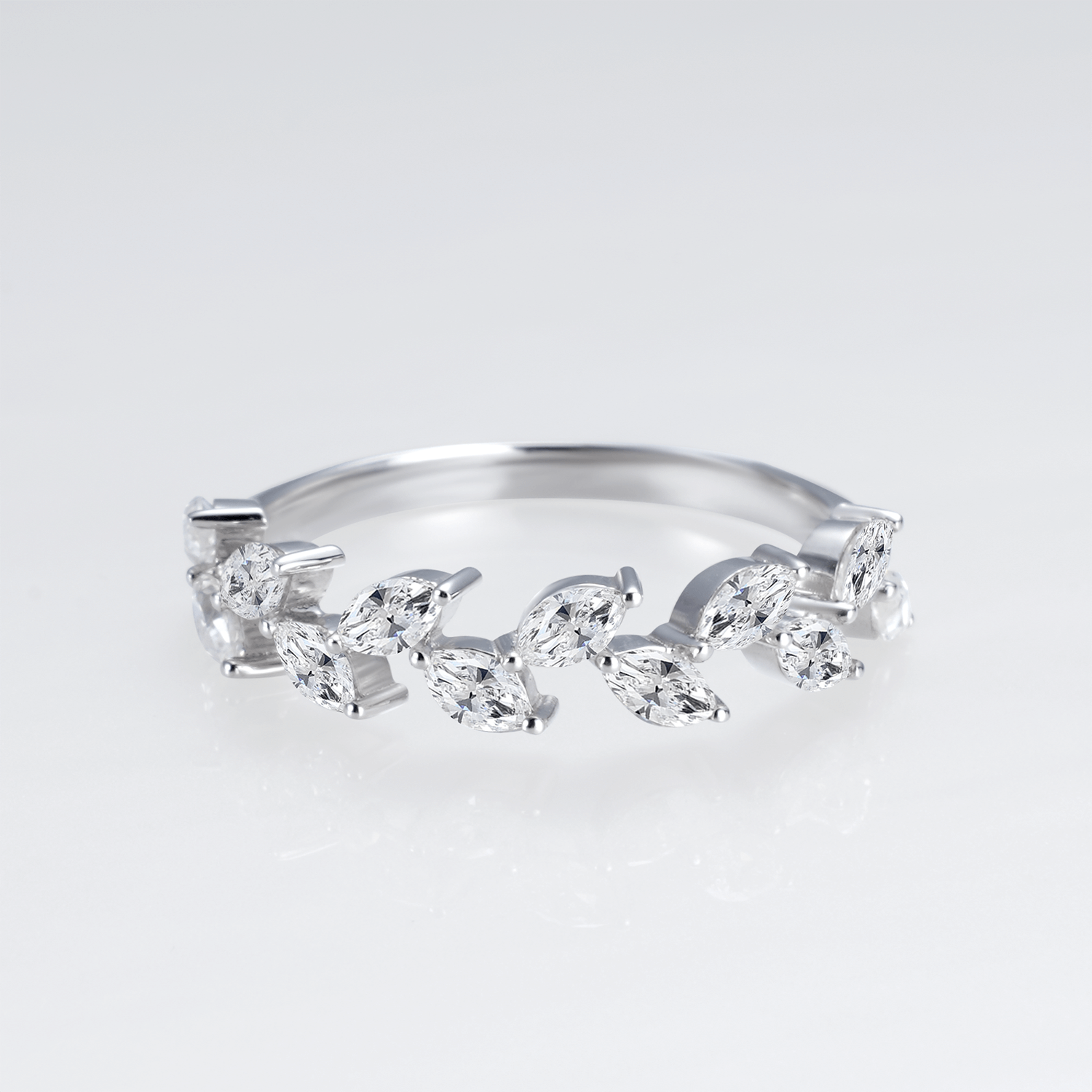
The Role of Cutting Shapes in Pricing
The cutting shape of a diamond refers to its geometric form, such as round, princess, oval, emerald, or pear. Each shape requires a different cutting process, and some shapes are inherently more challenging to create than others. Here’s why:
1. Yield and Rough Diamond Usage
The cutting process starts with a rough lab-grown diamond. Different shapes require different amounts of rough material to achieve the desired final product. For example:
- Round Brilliant Cut: This is the most popular shape, but it also wastes the most rough diamond material—up to 60% can be lost during cutting. As a result, round diamonds are often more expensive because more raw material is needed to produce them.
- Fancy Shapes (e.g., oval, pear, marquise): These shapes are more efficient in terms of rough diamond usage, but they require skilled craftsmanship to achieve symmetry and brilliance. This can offset the savings from reduced material waste.
2. Complexity of the Cutting Process
Some shapes are more difficult to cut than others. For instance:
- Round Brilliant Cut: While it wastes more material, the cutting process is highly standardized, making it easier to produce consistent results.
- Emerald Cut: This shape has fewer facets and a larger table, which means inclusions and imperfections are more visible. As a result, emerald-cut diamonds require higher-quality rough material, driving up the price.
- Heart and Marquise Cuts: These shapes require precise symmetry and intricate detailing, which demand exceptional skill and time from the cutter.
3. Market Demand and Popularity
The popularity of certain shapes also influences their price. Round brilliant cuts are the most in-demand, which often makes them more expensive. On the other hand, less common shapes like Asscher or radiant cuts may be priced lower due to lower demand, even if they are equally stunning.
4. Perceived Value and Aesthetics
Some shapes are perceived as more elegant or unique, which can affect their market value. For example:
- Princess Cut: Known for its modern and edgy look, this shape is highly sought after for engagement rings.
- Cushion Cut: With its vintage appeal, this shape often commands a premium price due to its timeless beauty.
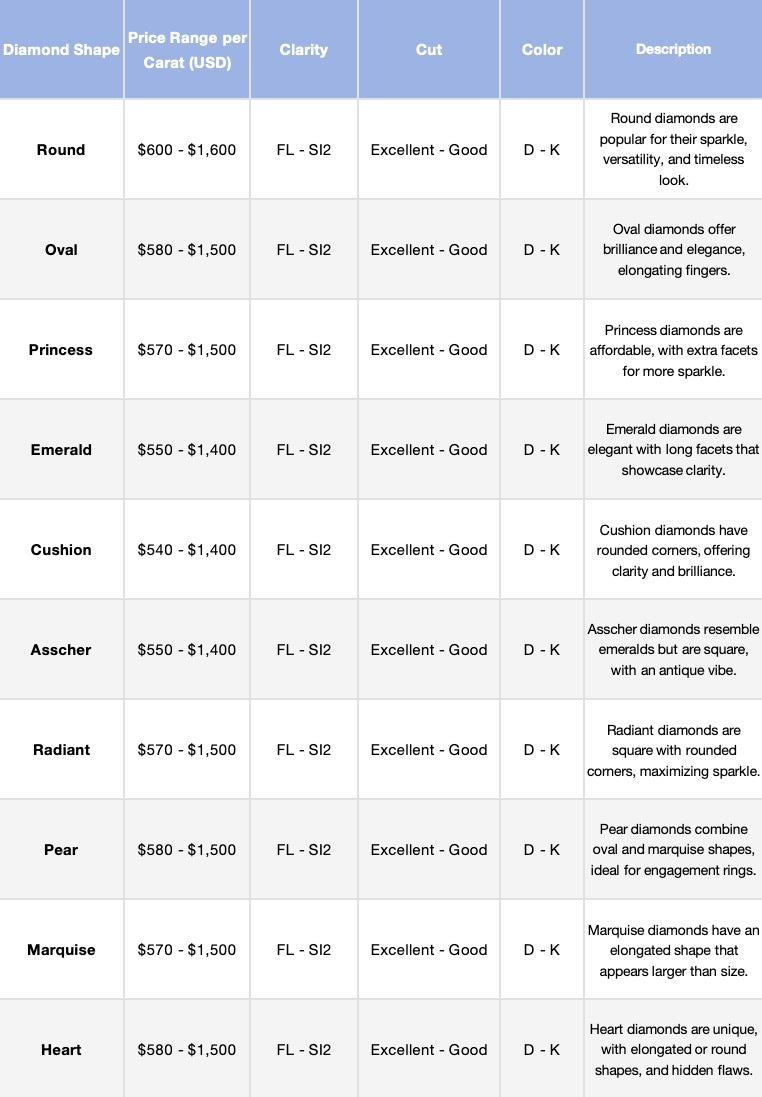
Why Price Differences Can Be Significant
The price difference between lab-grown diamond shapes can sometimes be substantial. Here’s why:
1. Labor Costs
Shapes that require more time and skill to cut will naturally cost more. For example, a heart-shaped diamond involves intricate detailing and precise symmetry, which increases labor costs.
2. Rarity of the Shape
Some shapes are rarer than others, either because they are harder to produce or because they are less popular. For instance, a trillion-cut diamond is less common than a round brilliant, which can make it more expensive due to its uniqueness.
3. Optical Performance
The way a diamond reflects light (its brilliance, fire, and scintillation) varies by shape. Round brilliant cuts are known for their exceptional sparkle, which makes them highly desirable. Other shapes may not achieve the same level of brilliance, affecting their perceived value and price.
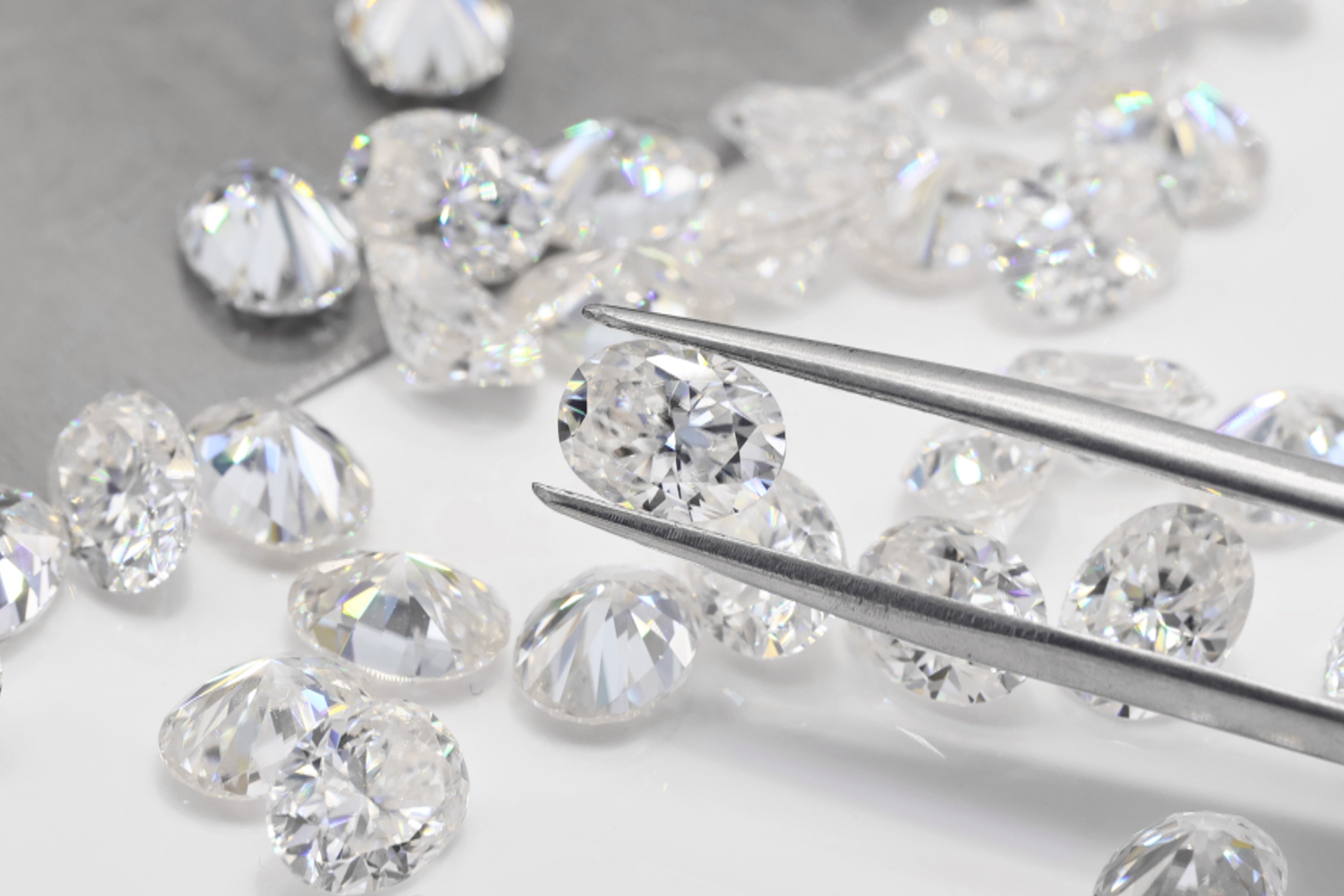
Choosing the Right Shape for Your Budget
When selecting a lab-grown diamond, it’s important to consider your budget and preferences. Here are some tips:
- If you’re looking for maximum sparkle and are willing to pay a premium, go for a round brilliant cut.
- If you want a unique shape that offers better value, consider oval, pear, or marquise cuts.
- For a vintage or antique look, cushion or emerald cuts are excellent choices.
Remember, the shape you choose should reflect your personal style and the message you want your jewelry to convey.
Conclusion
The price differences between lab-grown diamonds of the same carat weight but different cutting shapes come down to factors like material usage, cutting complexity, market demand, and perceived value. While round brilliant cuts are often the most expensive due to their popularity and material waste, fancy shapes can offer unique beauty and better value.
When shopping for a lab-grown diamond, take the time to explore different shapes and understand how they impact both the price and the overall appearance of the stone. By doing so, you’ll be able to find the perfect diamond that fits your budget and style.
Keywords: lab-grown diamond, cutting shapes, diamond price, carat weight, round brilliant cut, fancy shapes, diamond cutting process, lab-grown diamond value.
By understanding these factors, you can make an informed decision and appreciate the craftsmanship behind each lab-grown diamond. Whether you choose a classic round or a unique marquise, your lab-grown diamond will be a stunning and ethical choice for any occasion.
Subheading
Image with text
Use image with text to give your customers insight into your brand. Select imagery and text that relates to your style and story.

